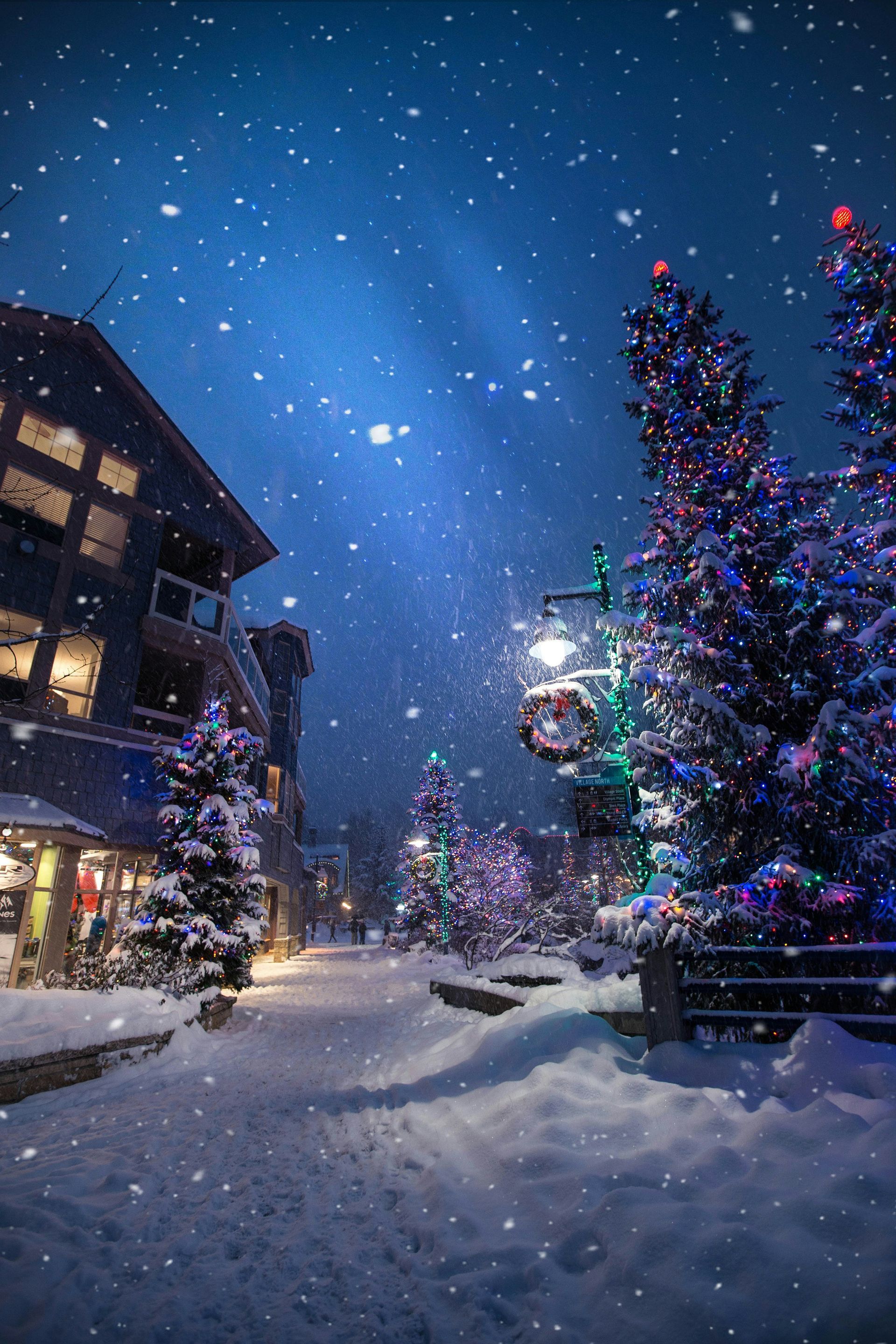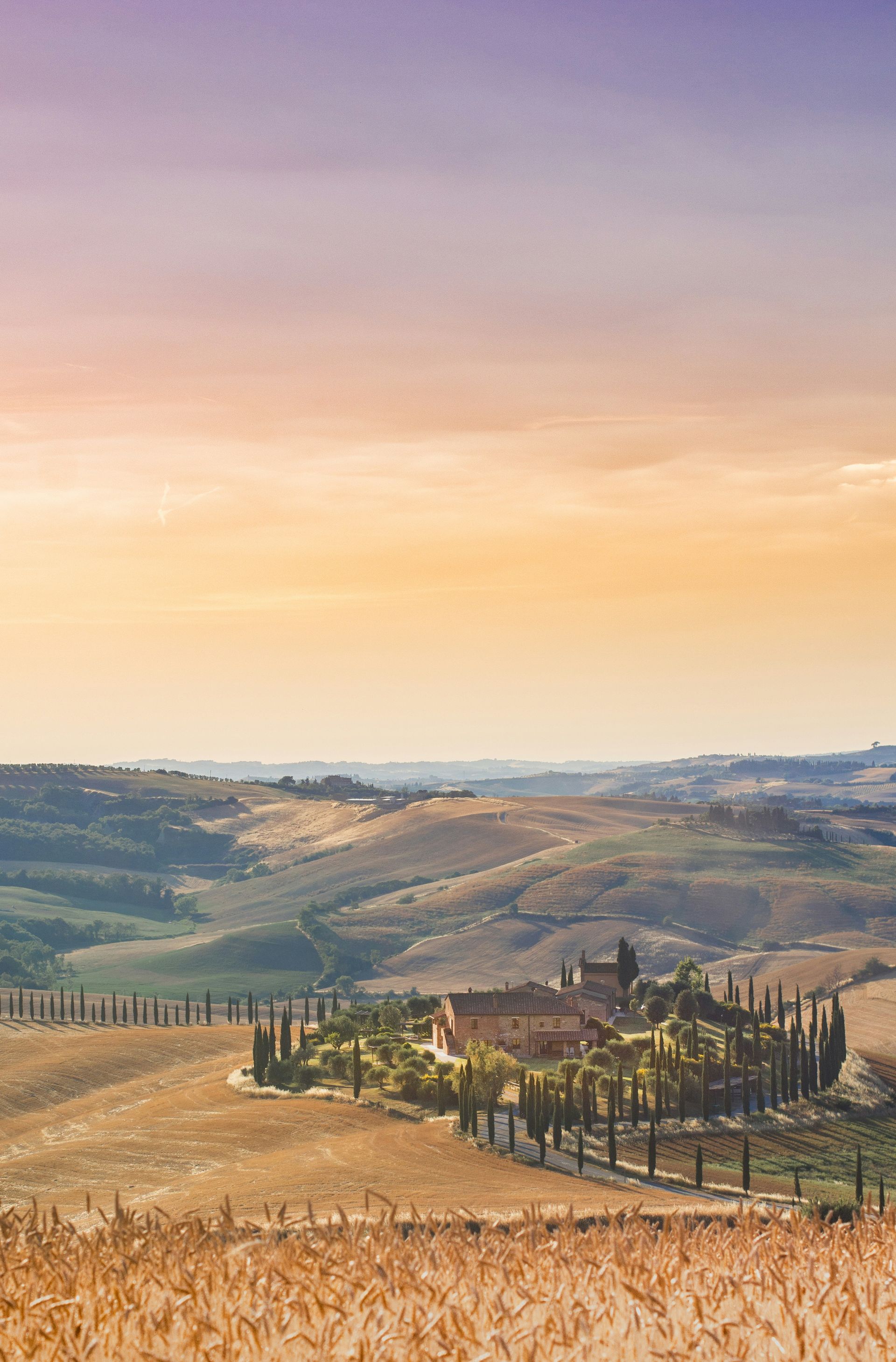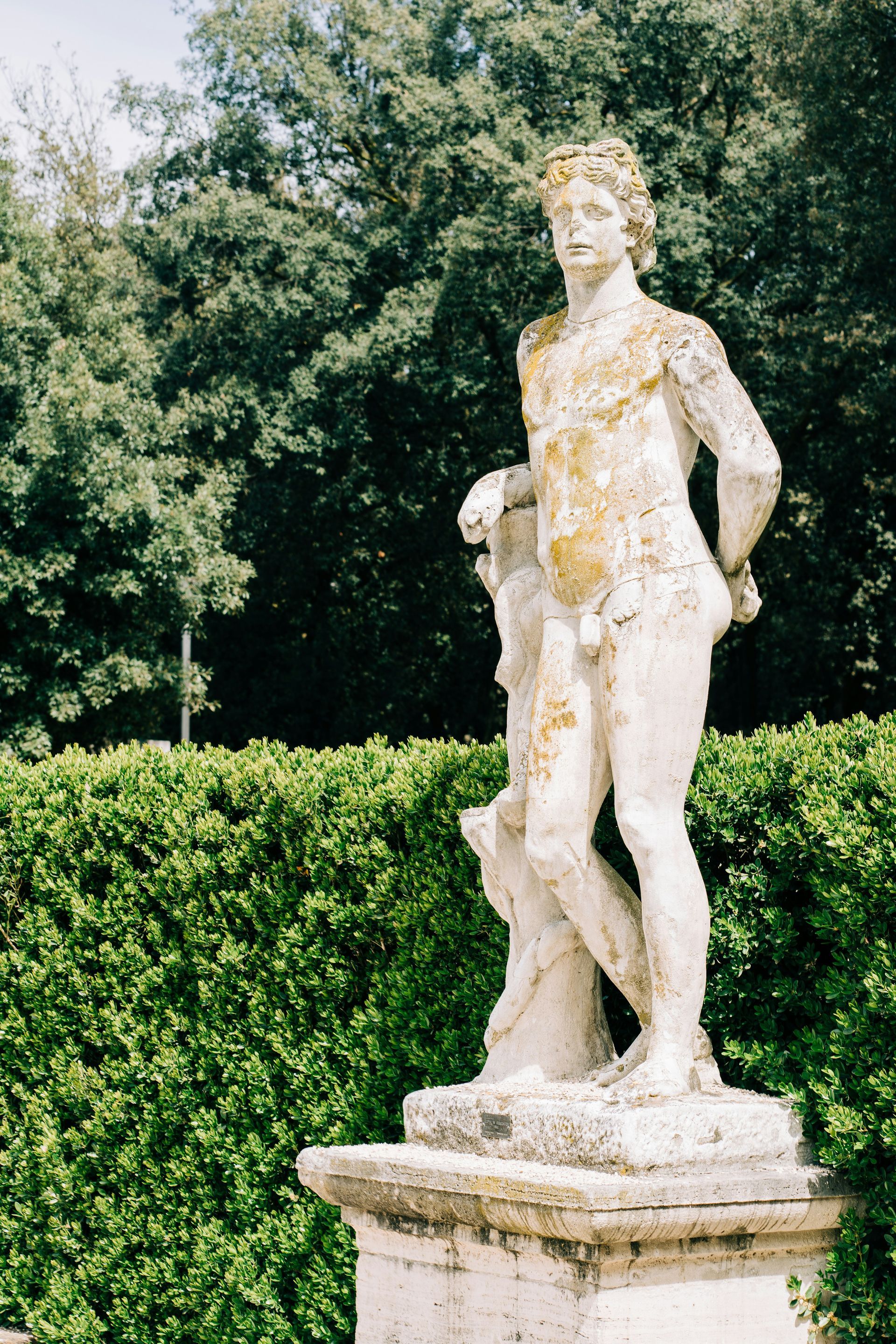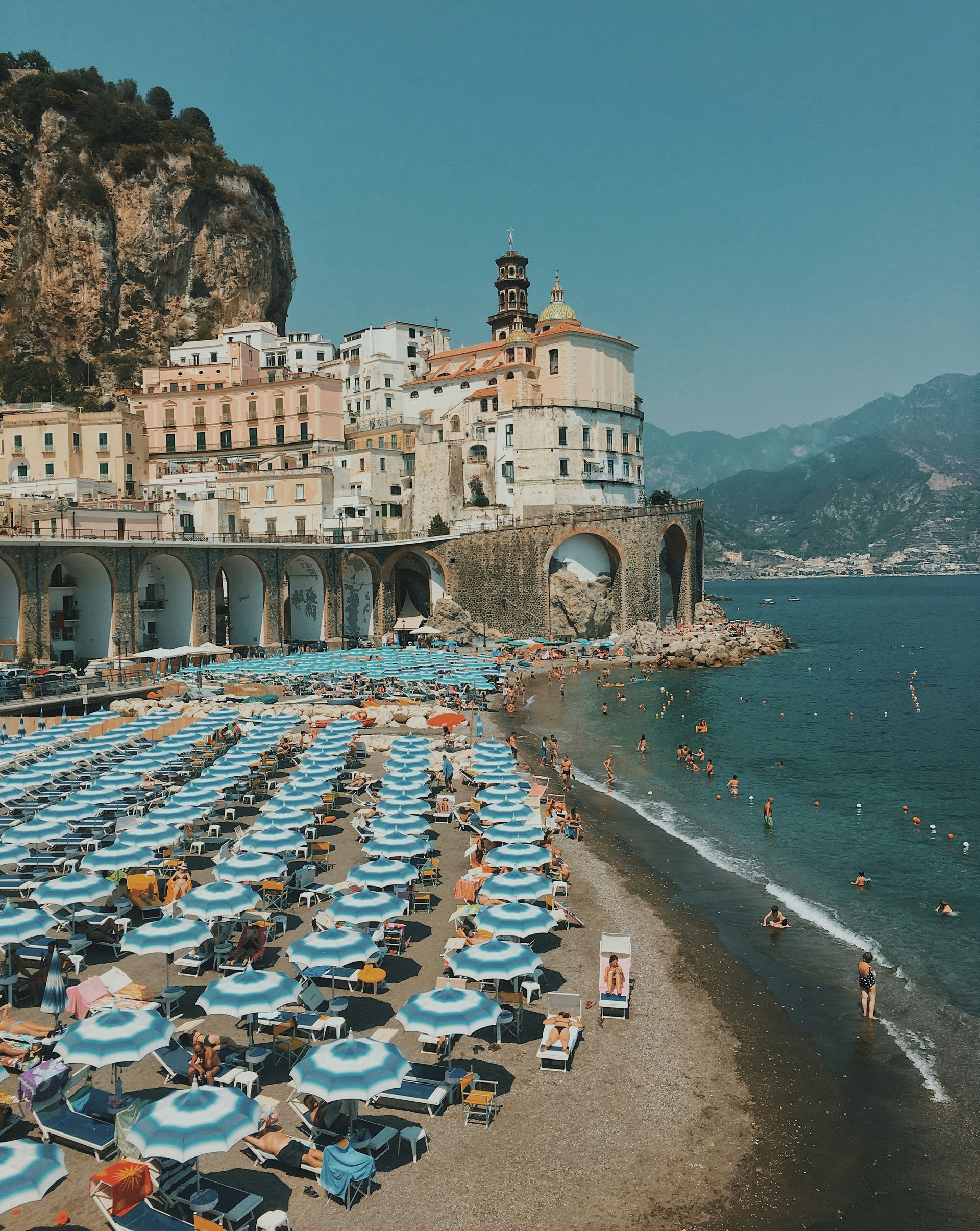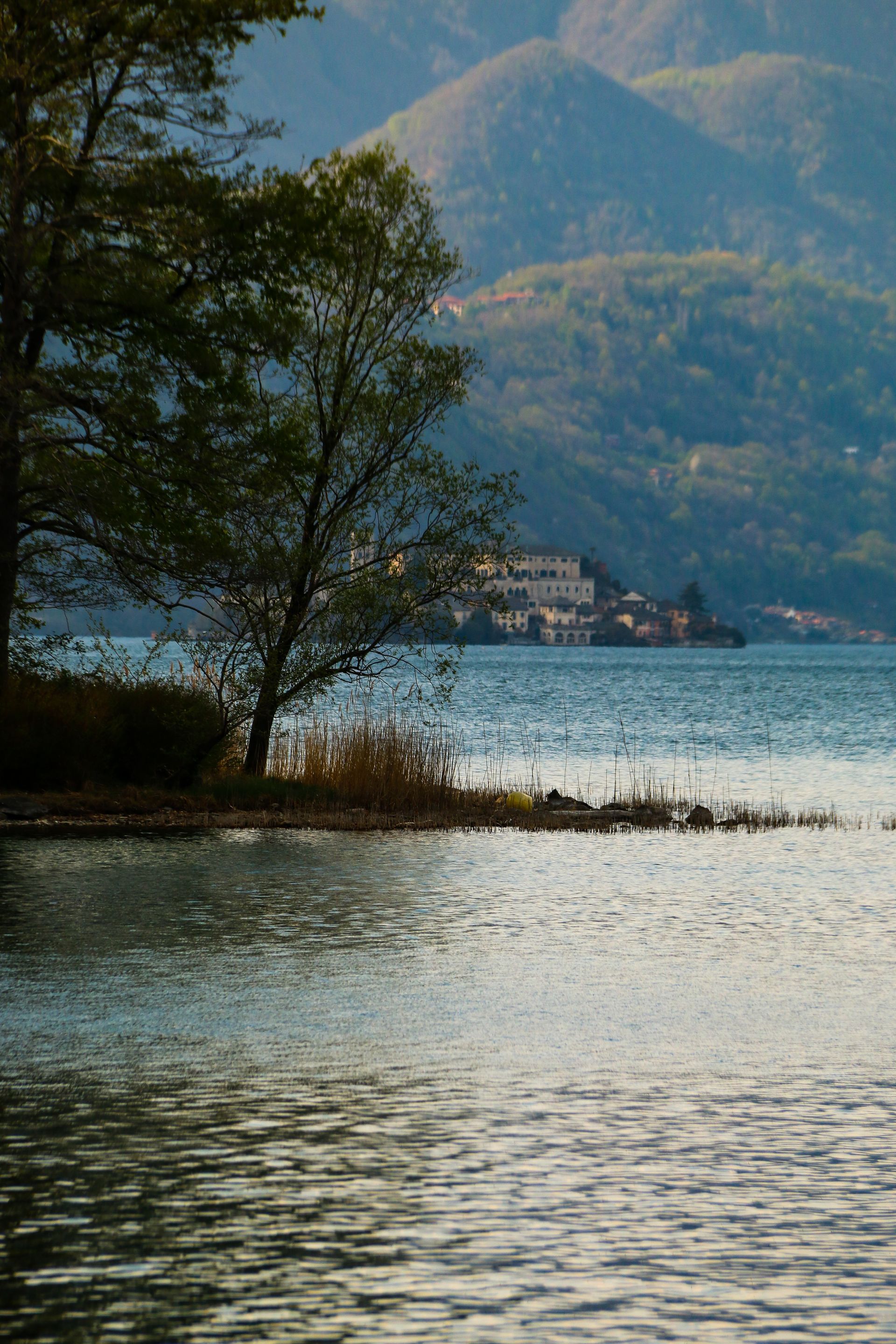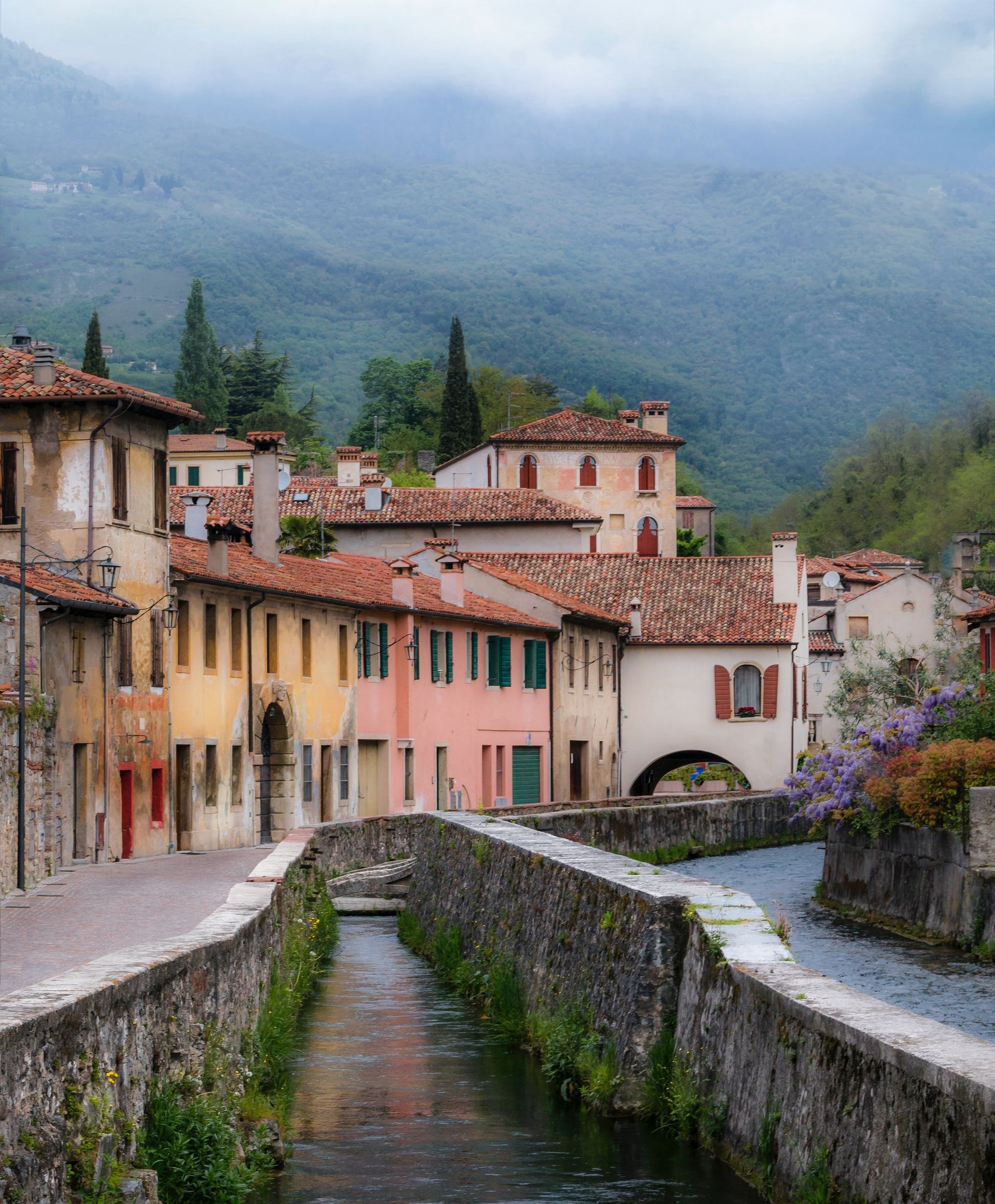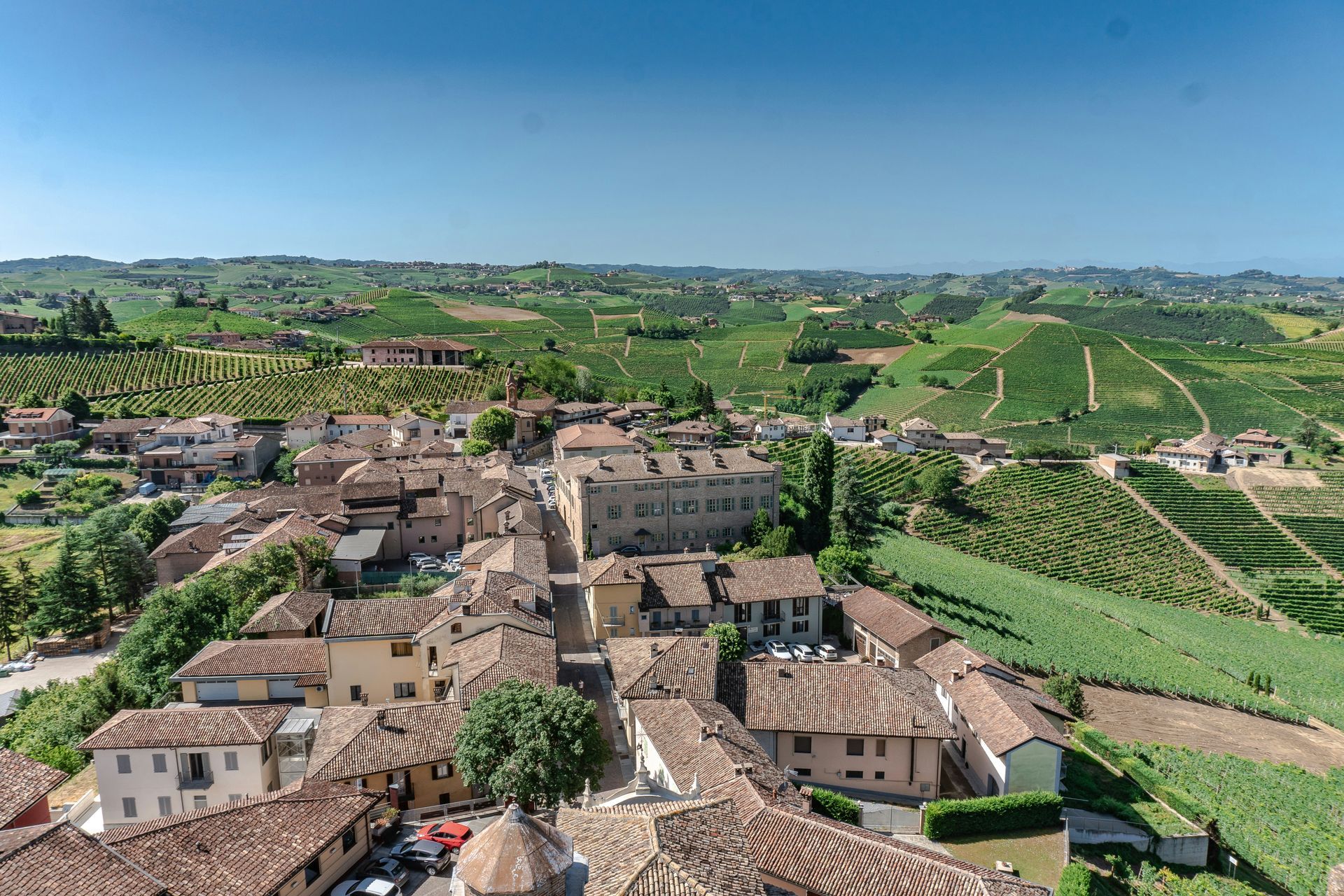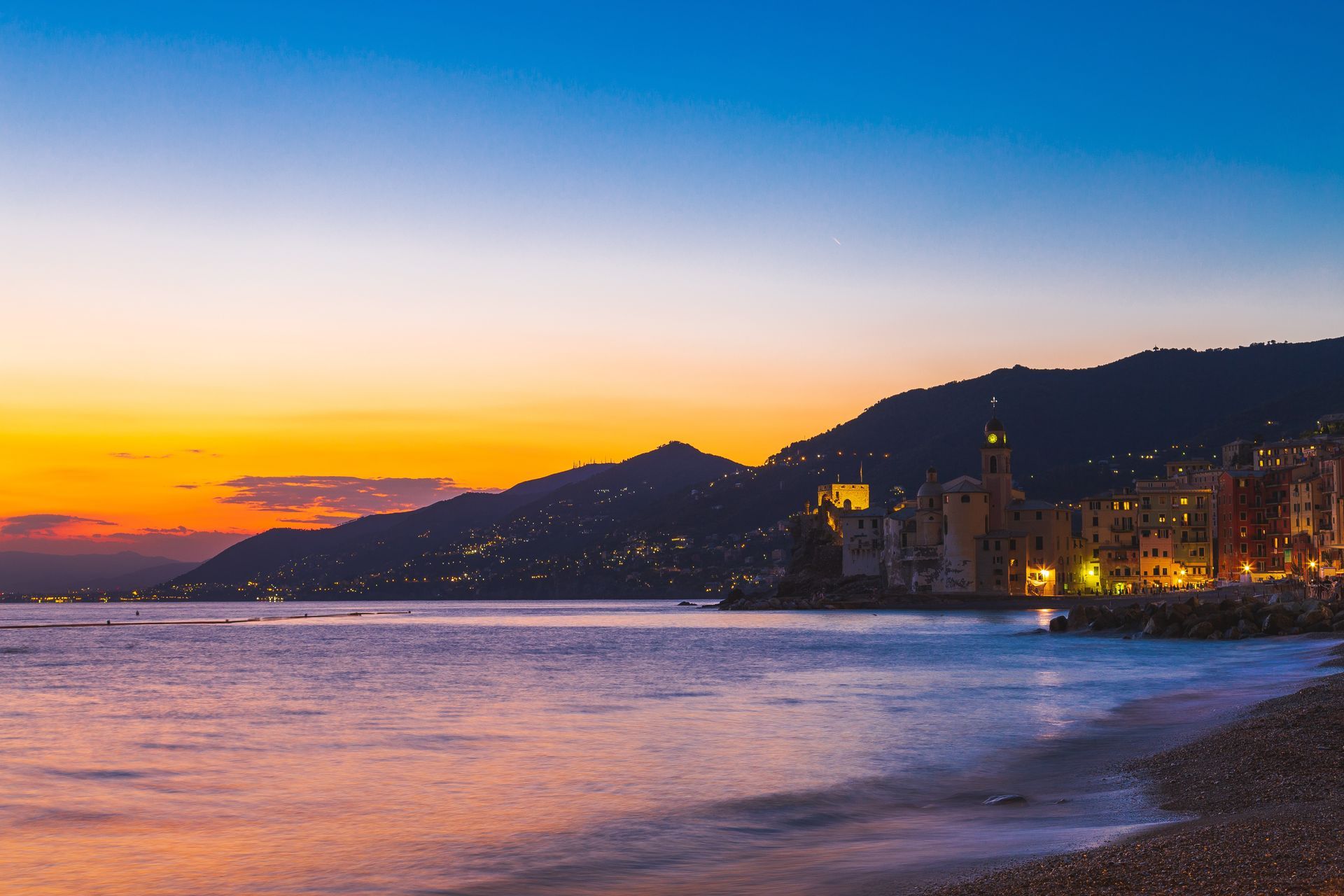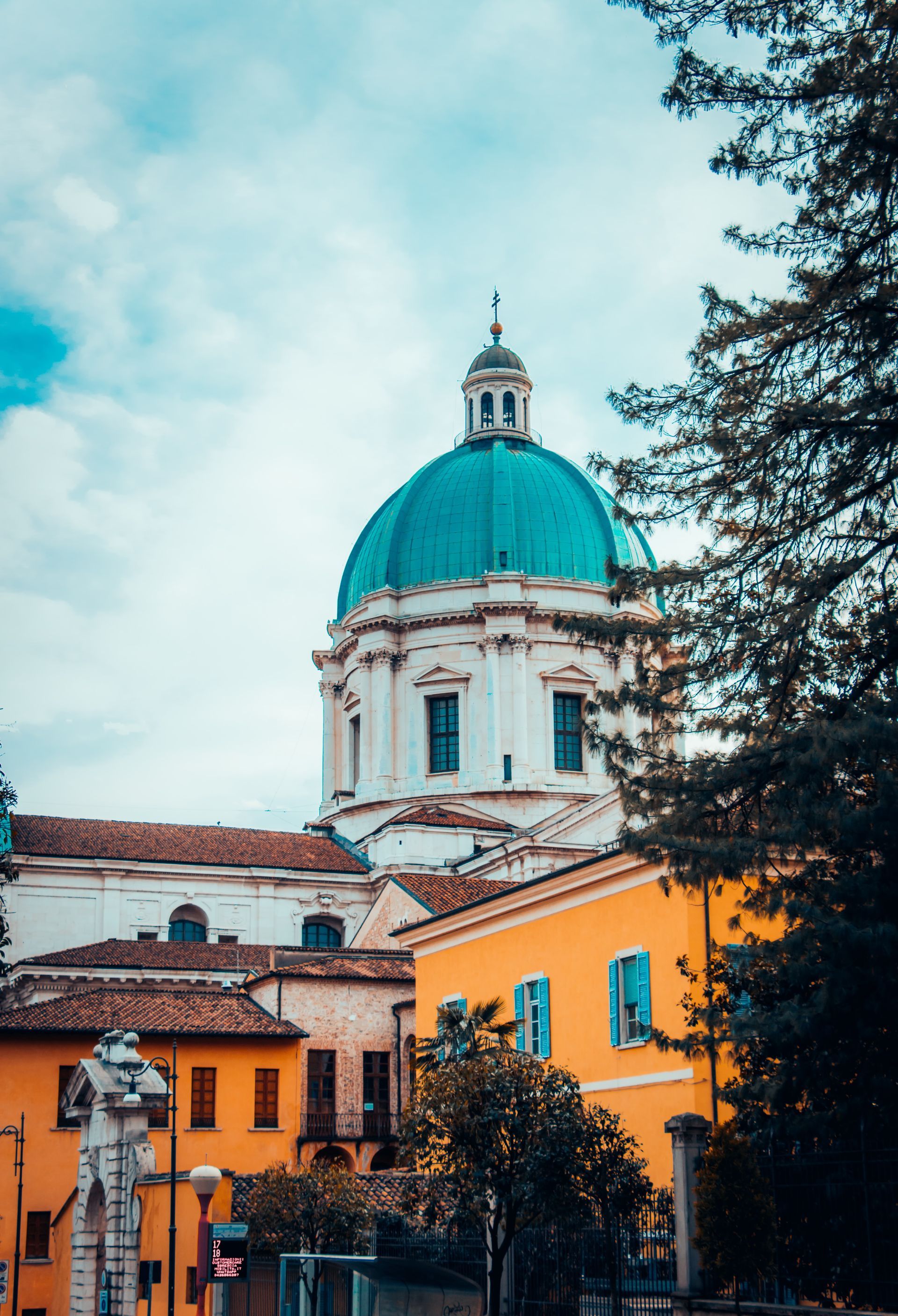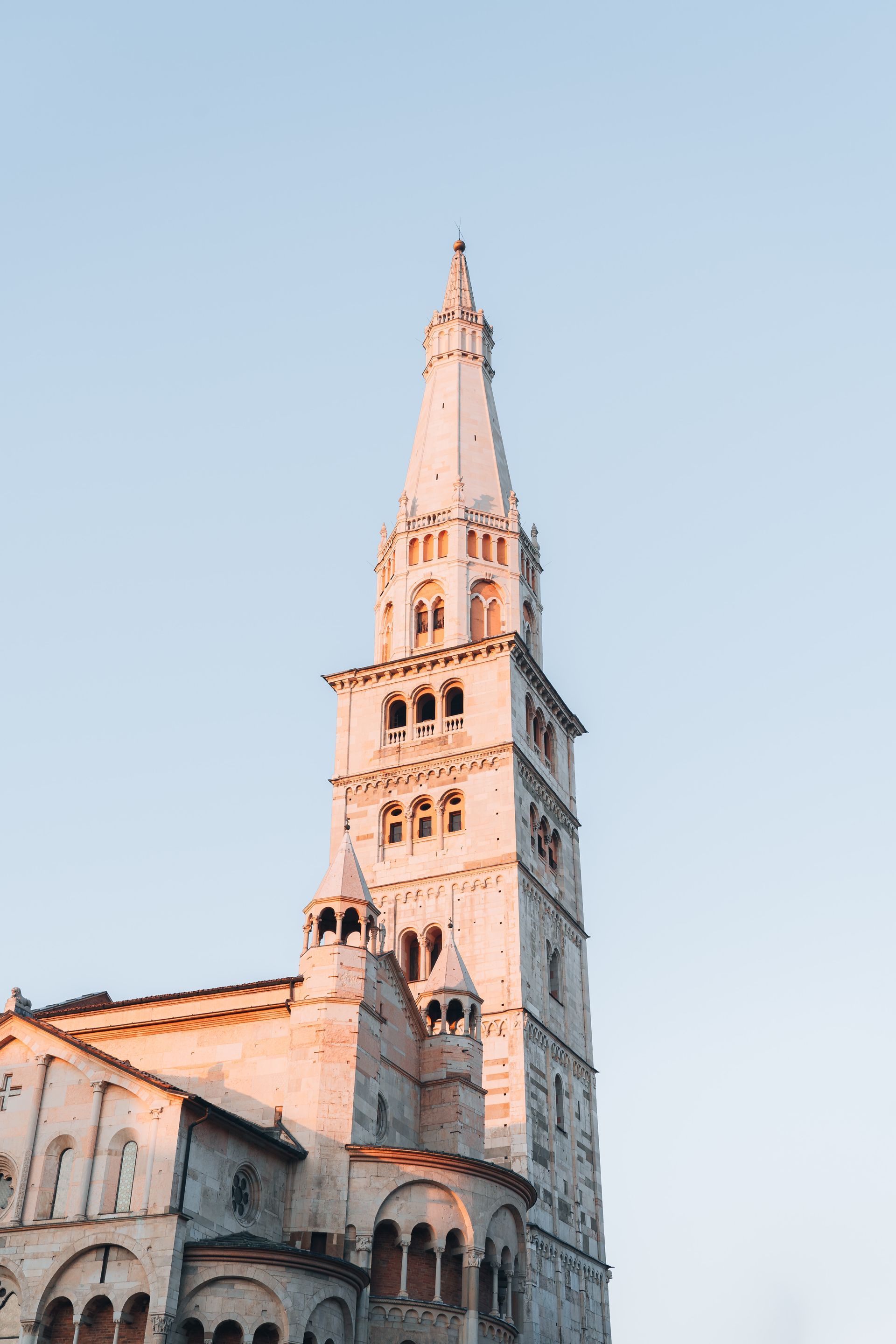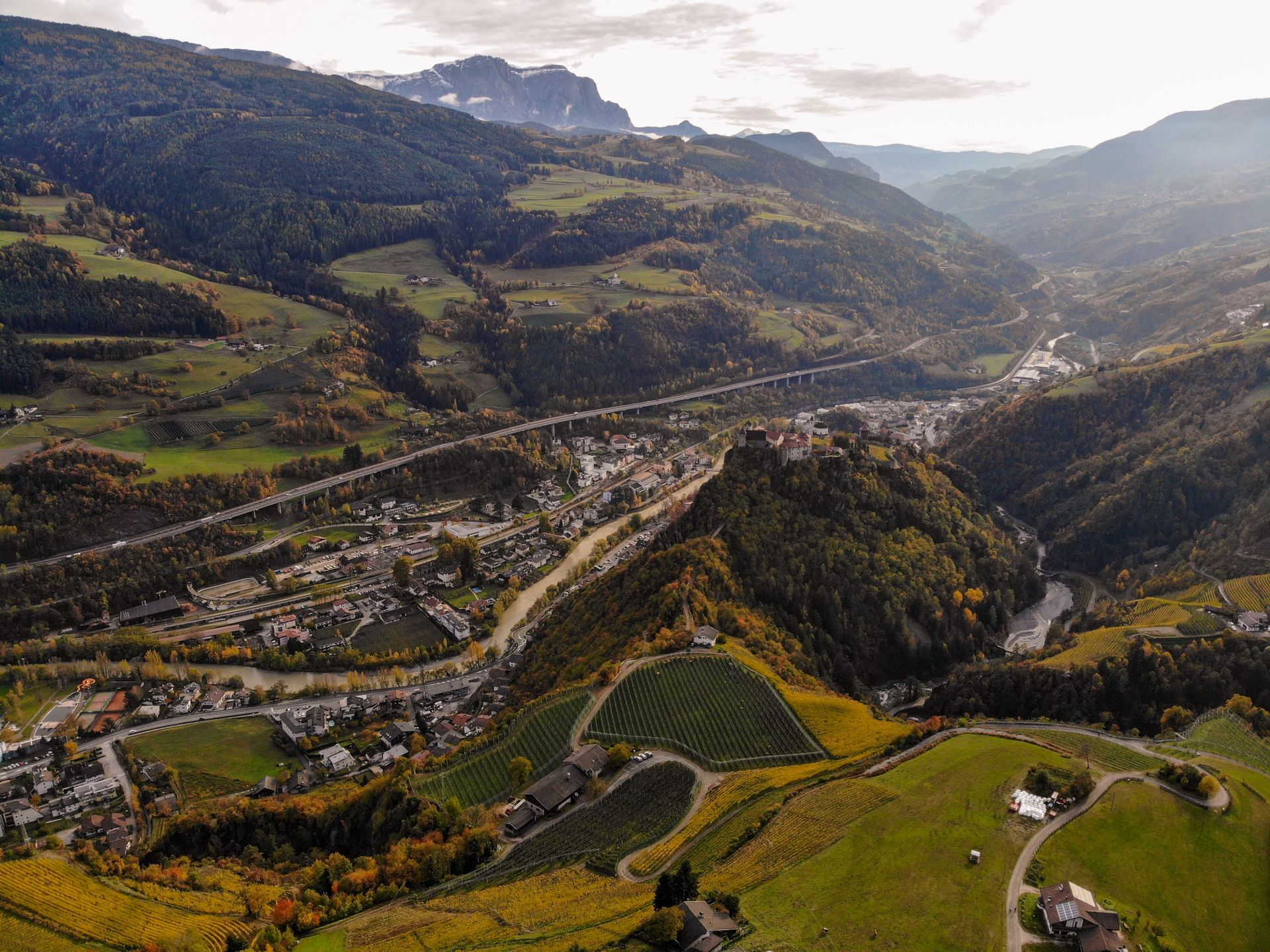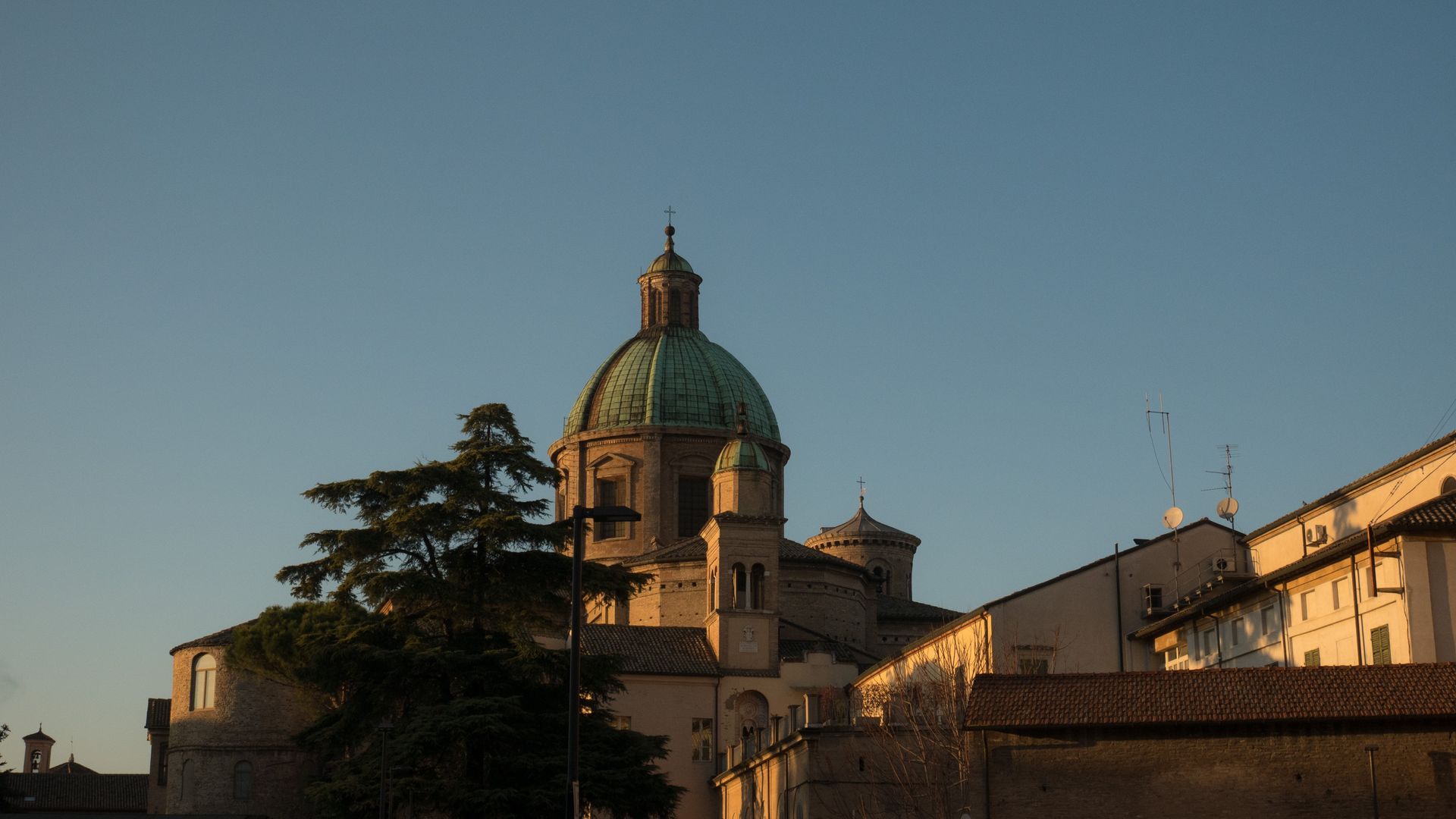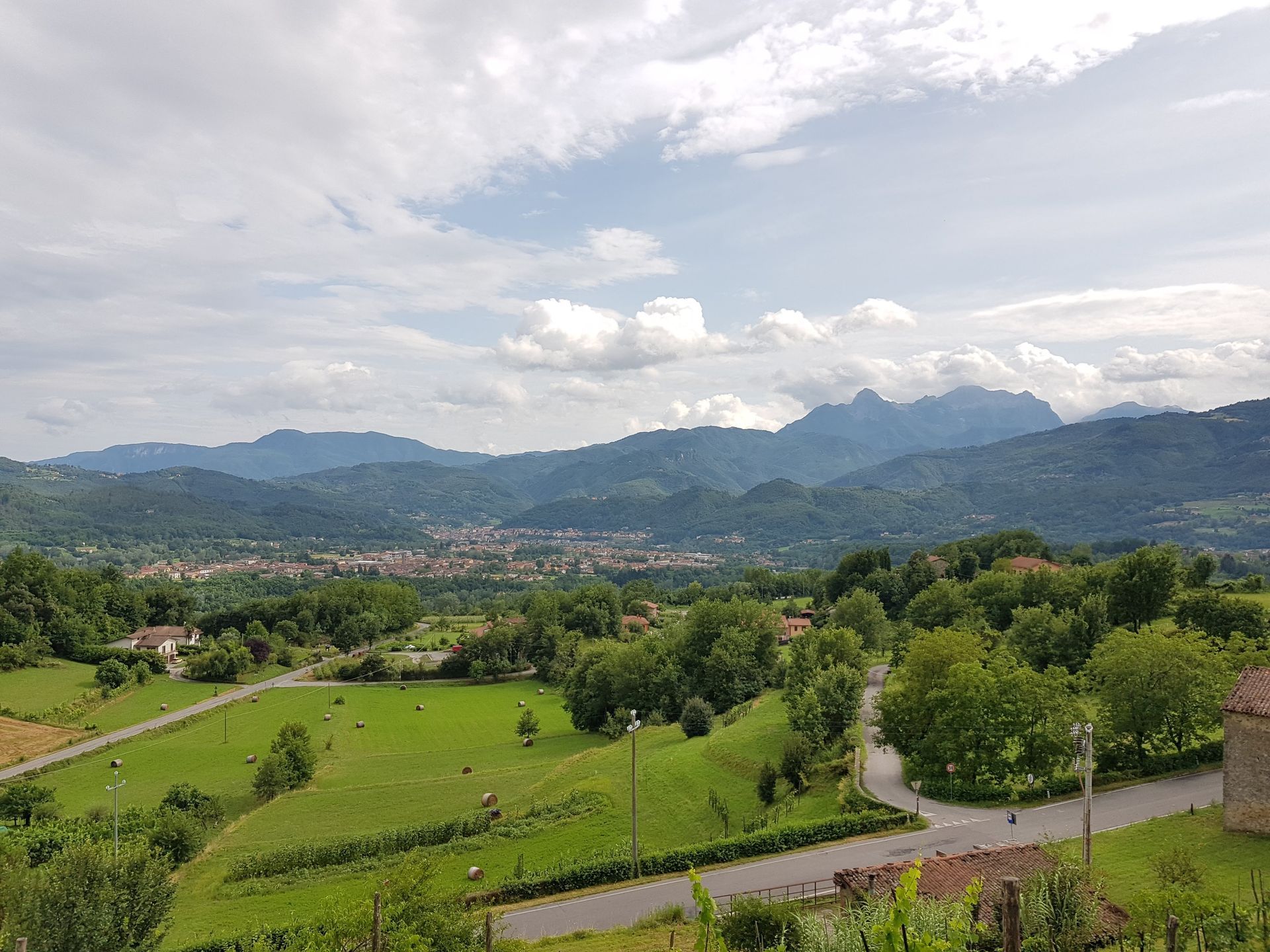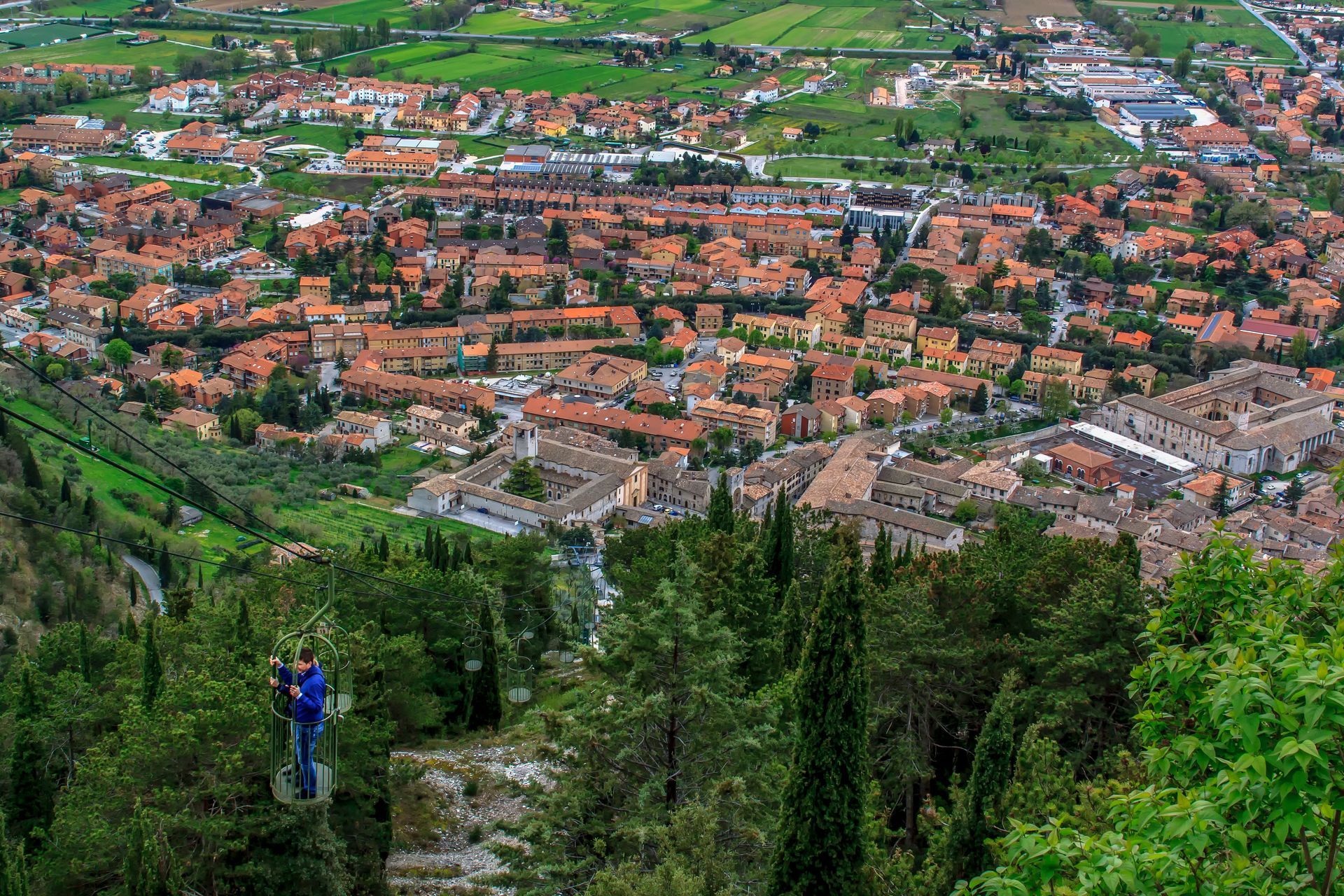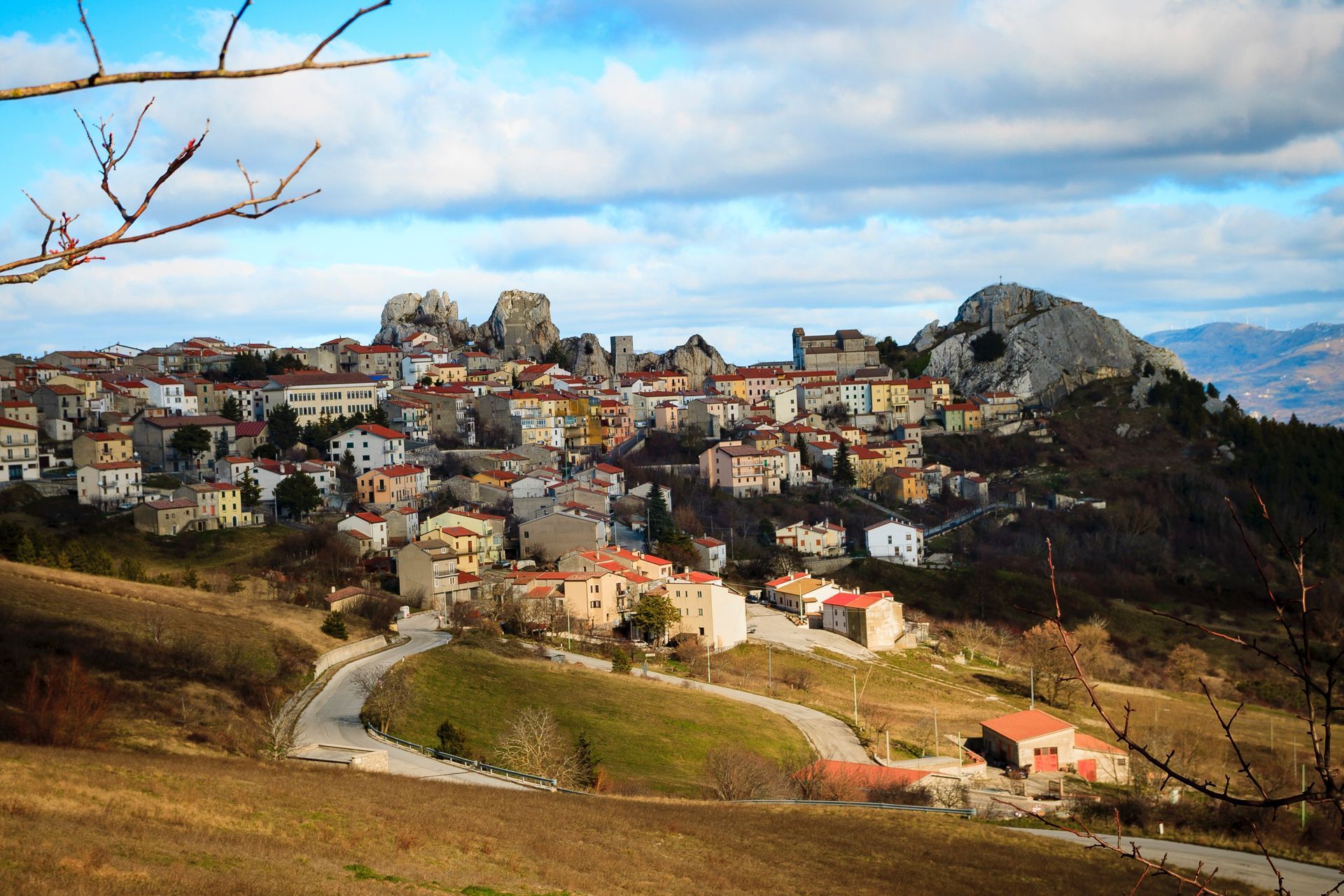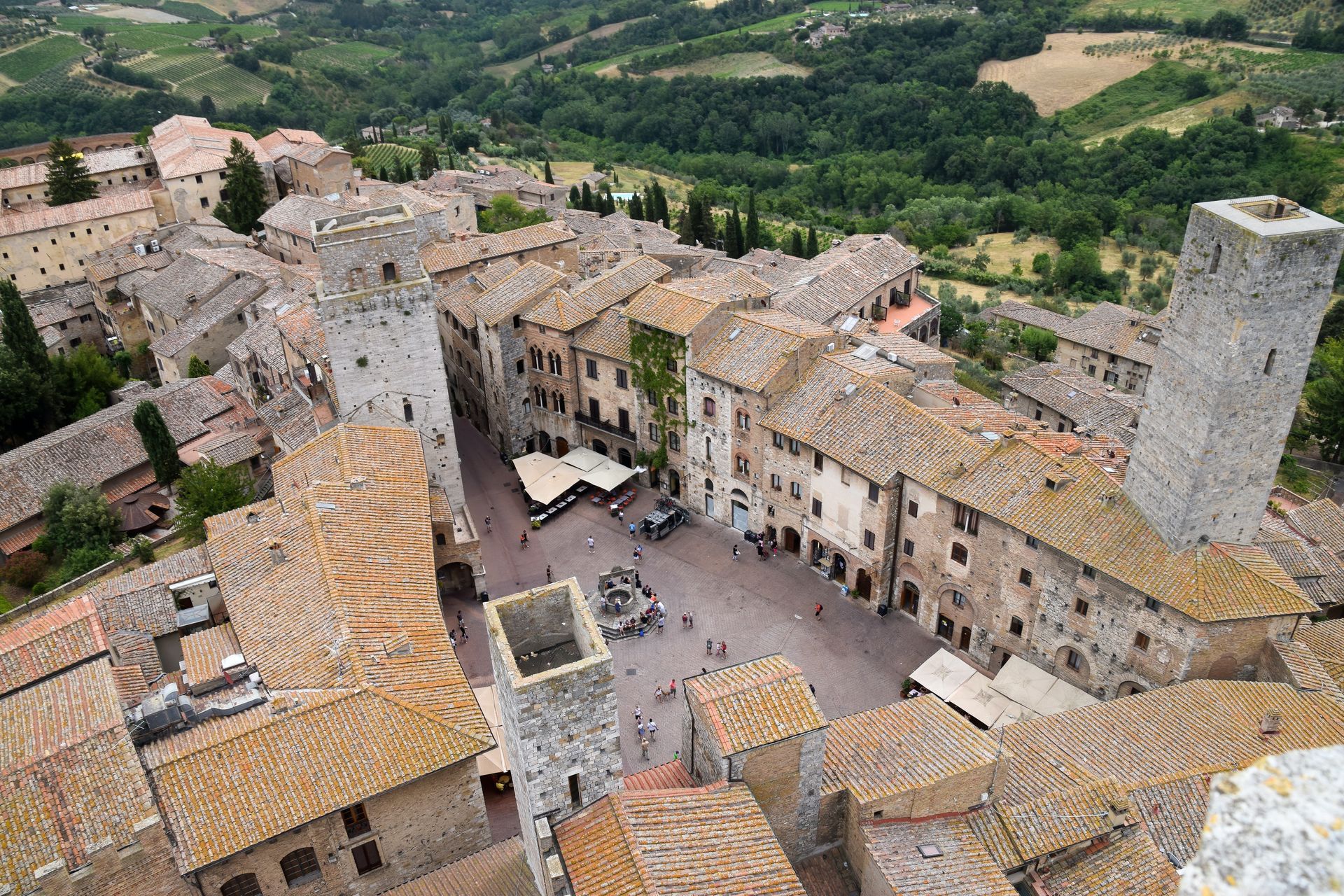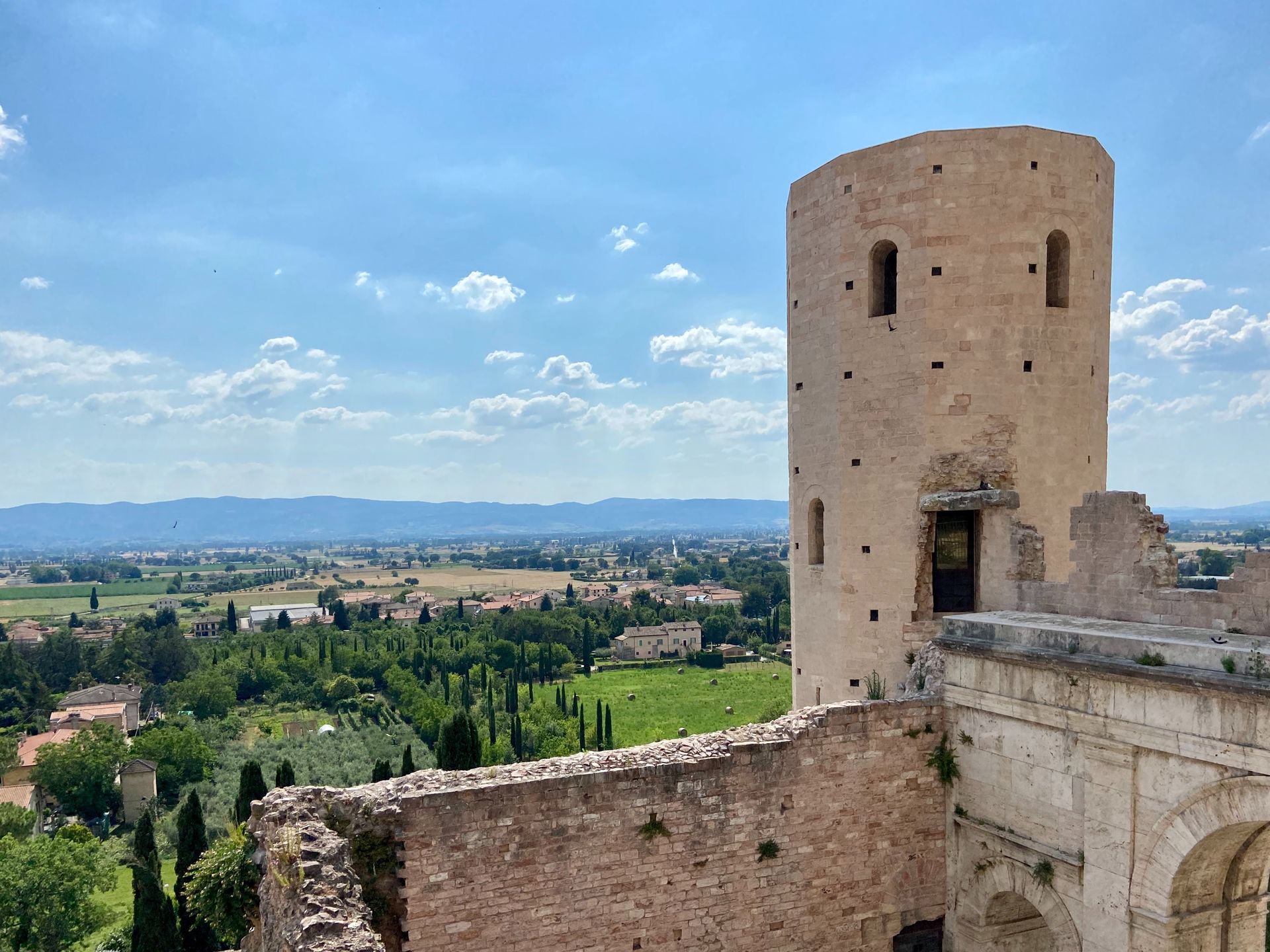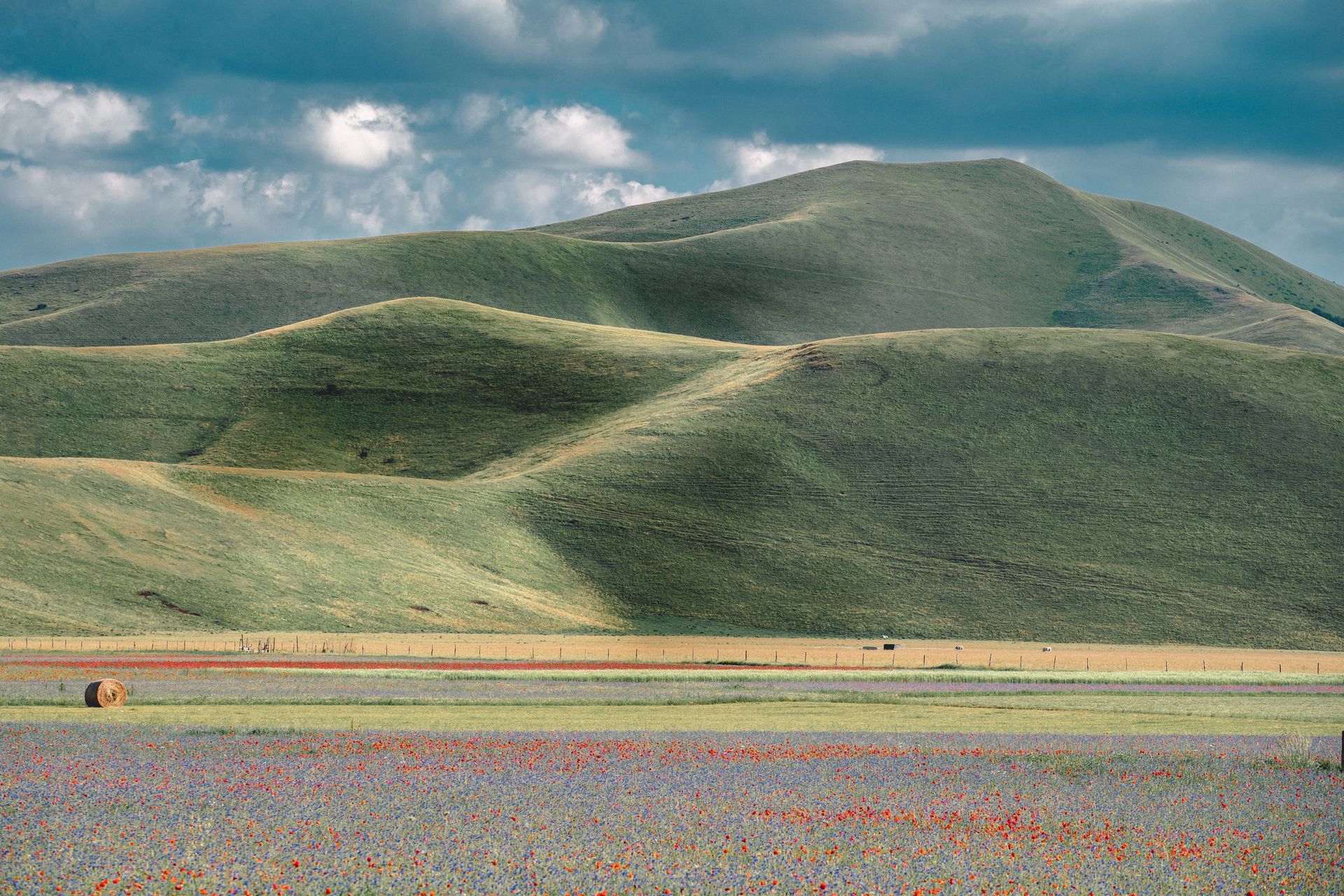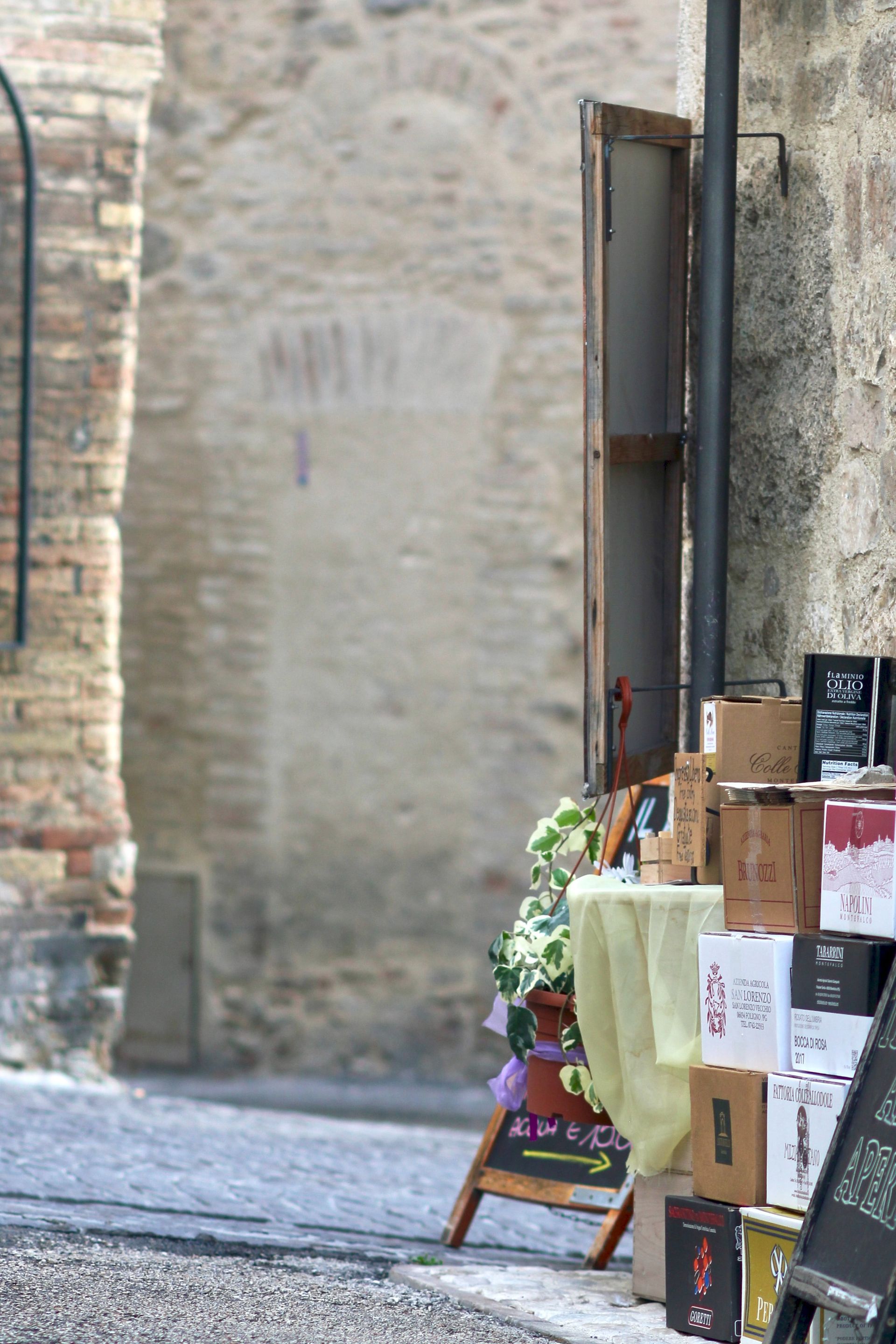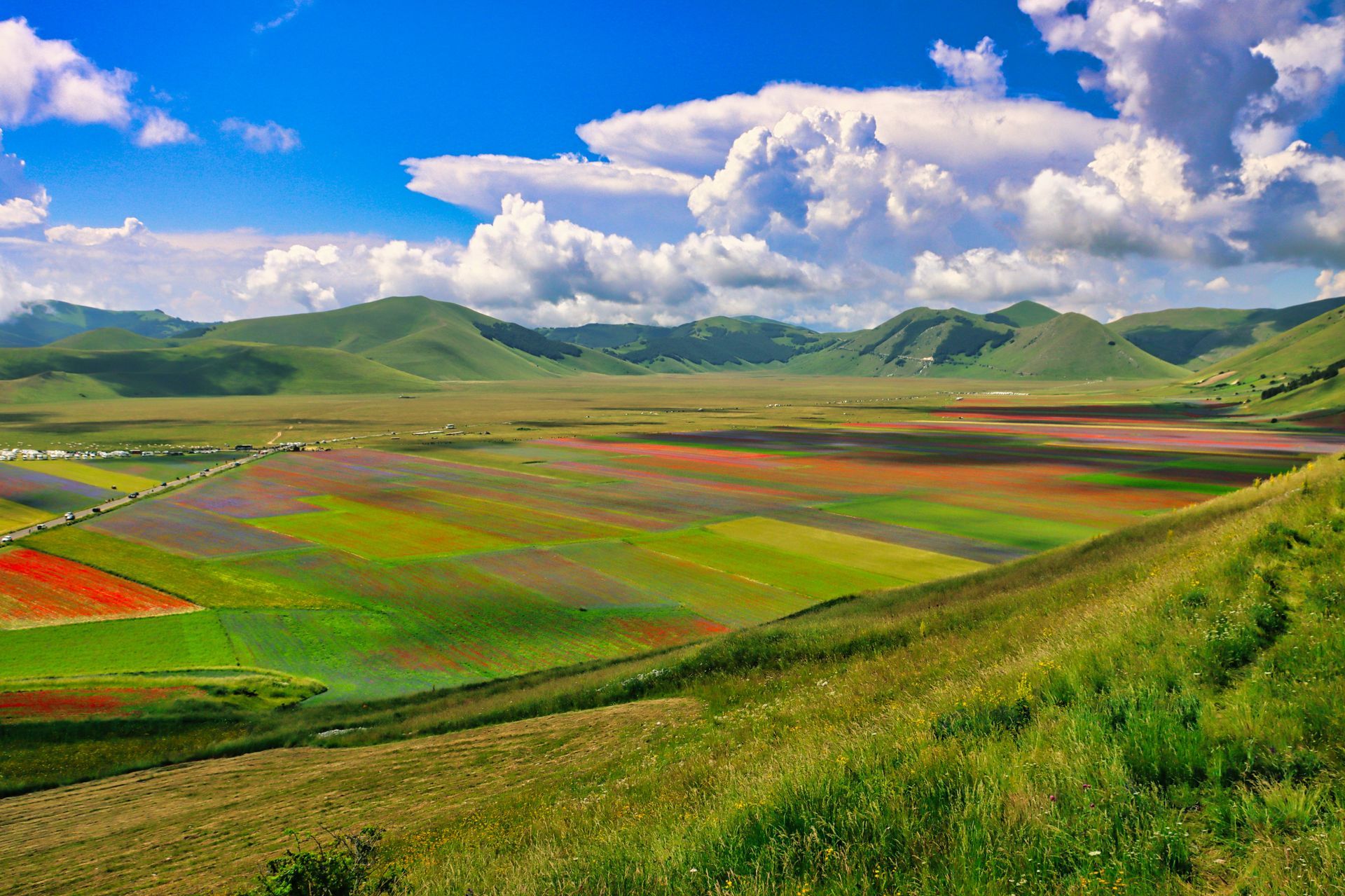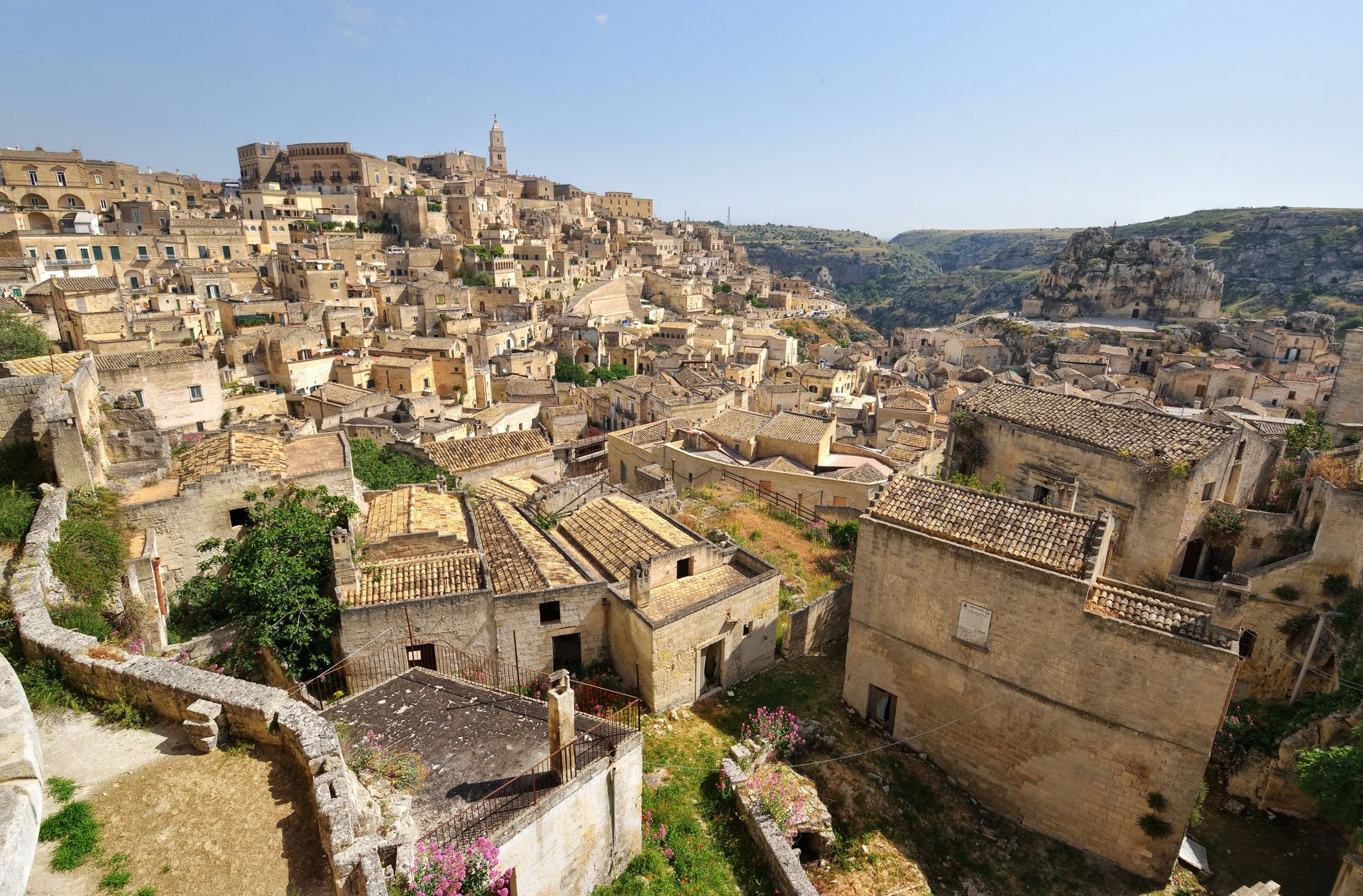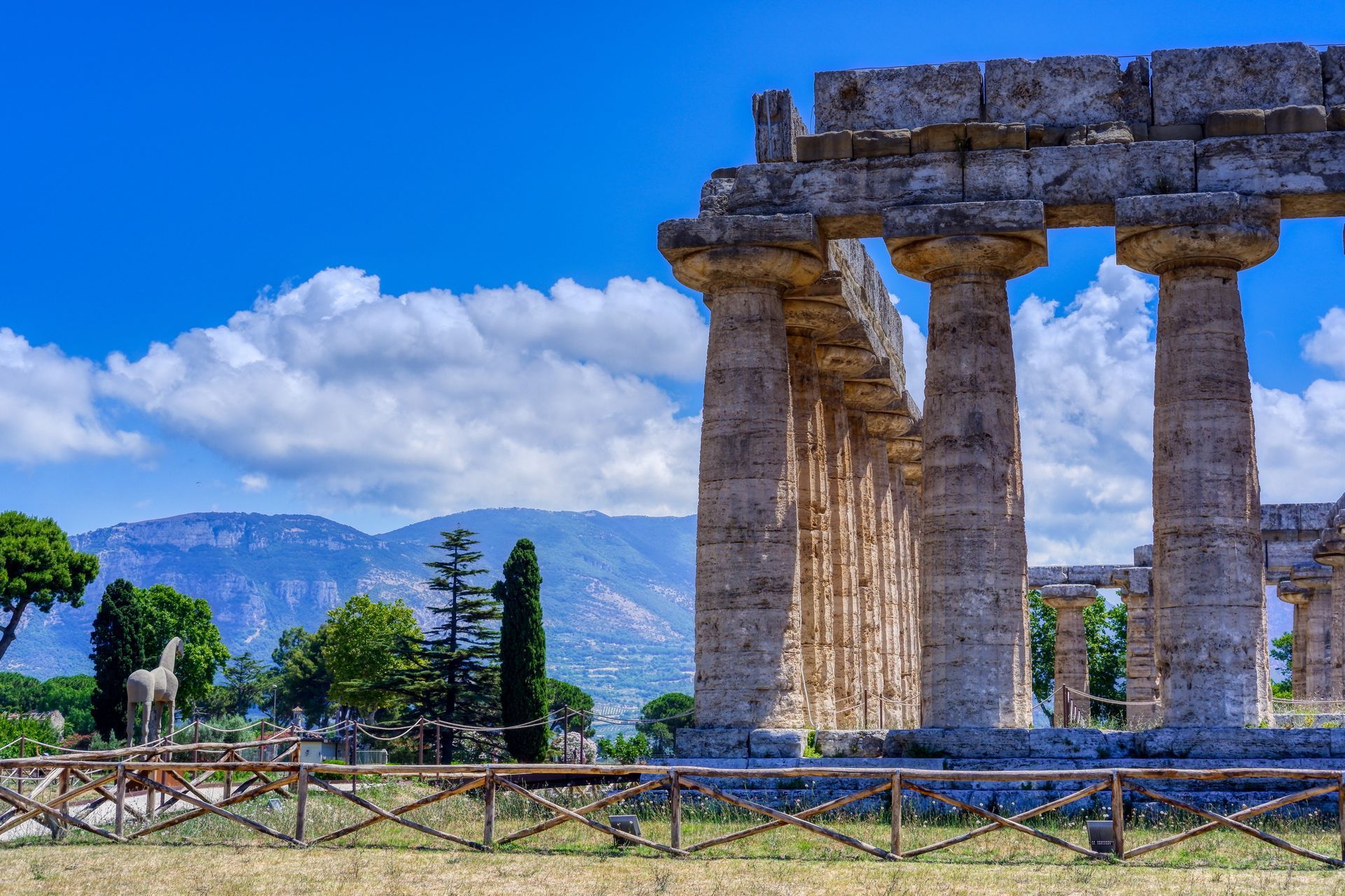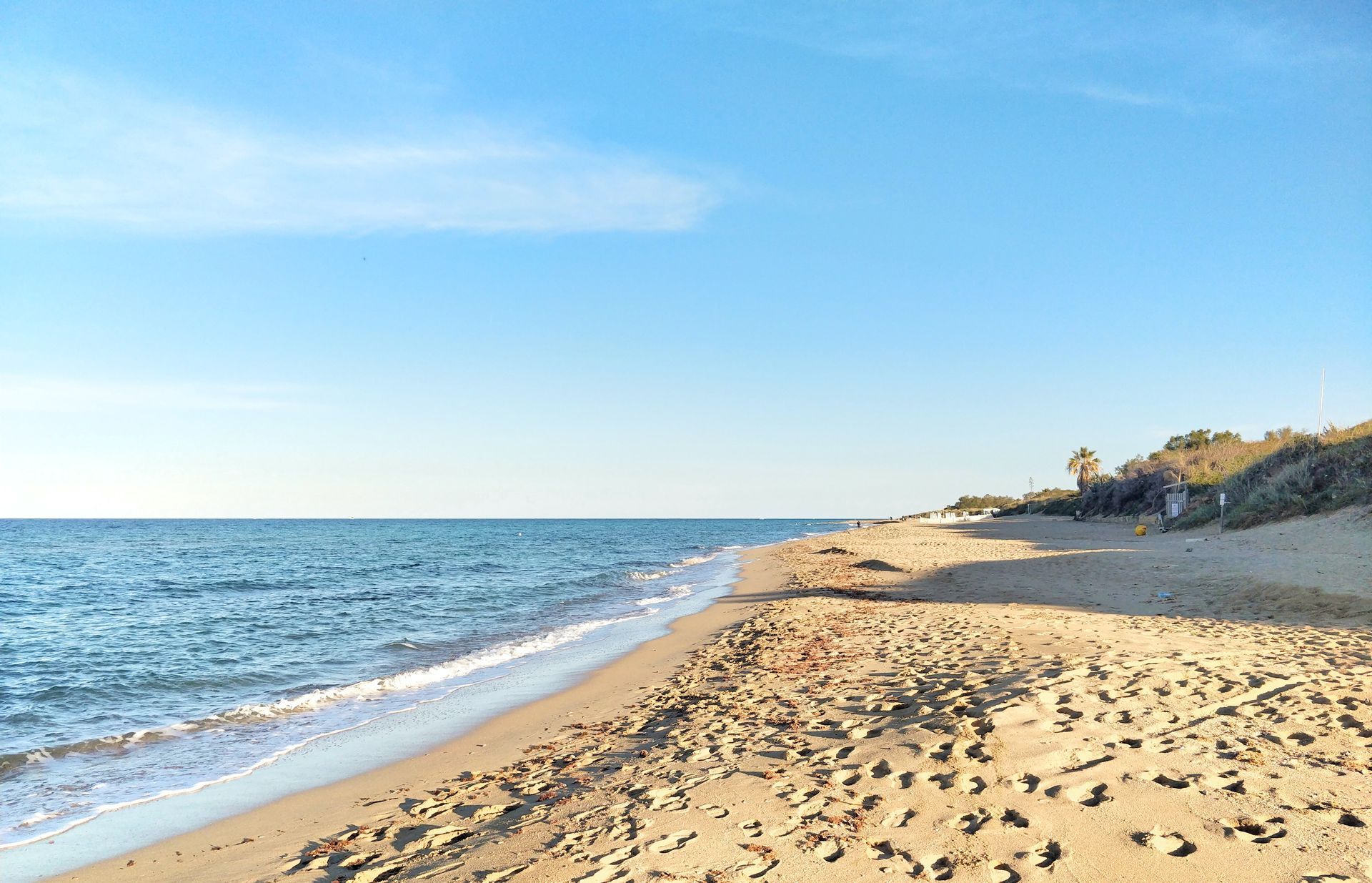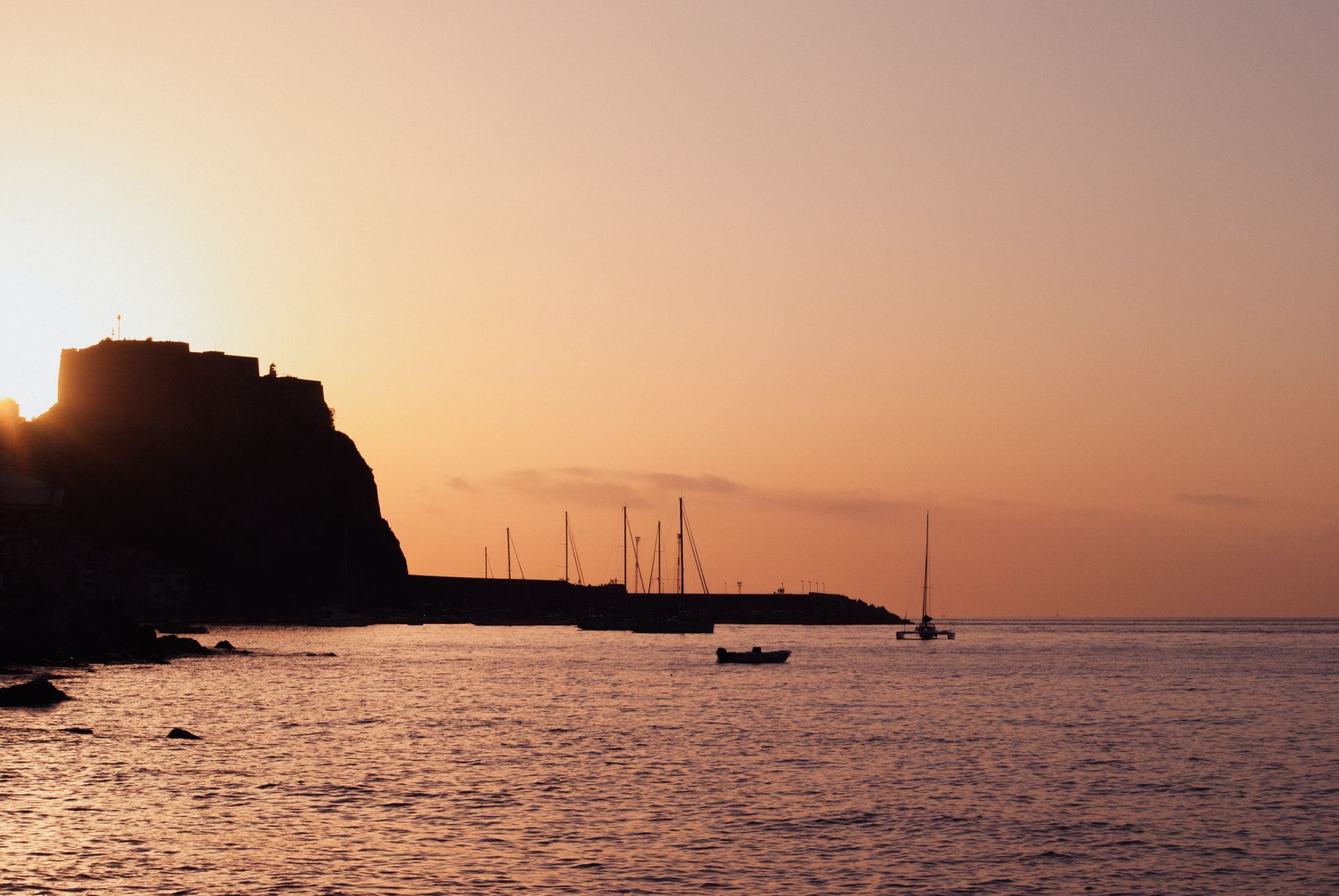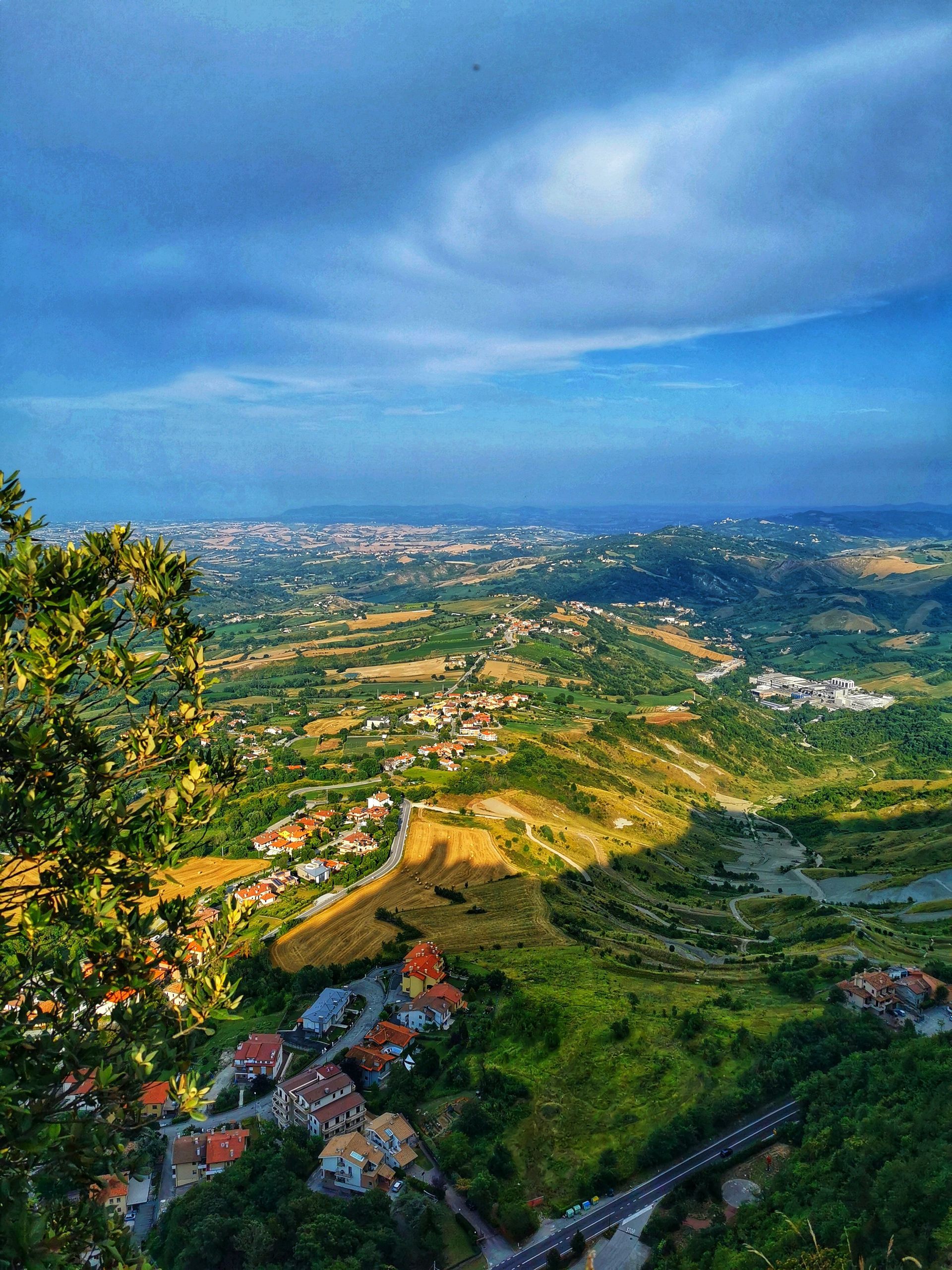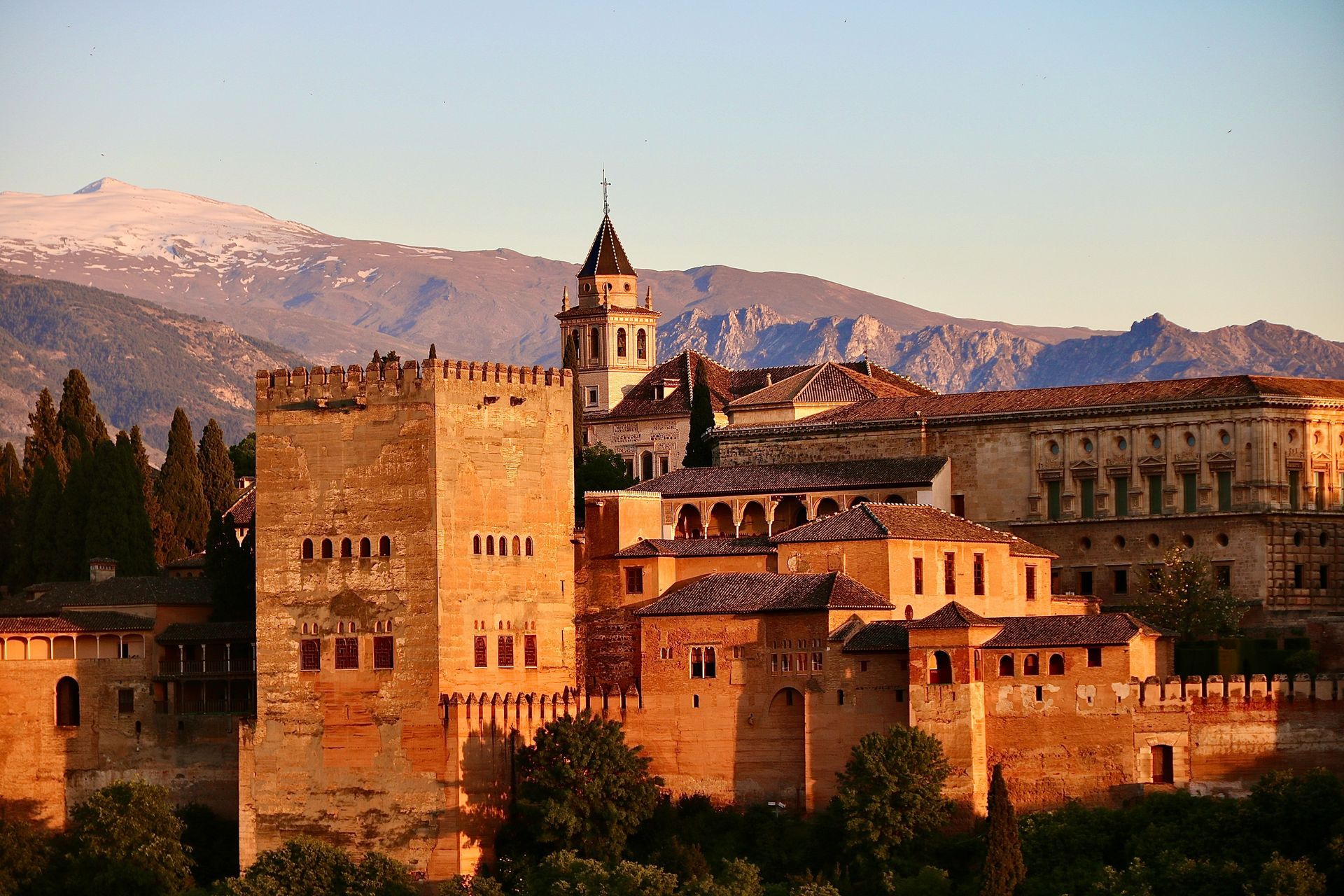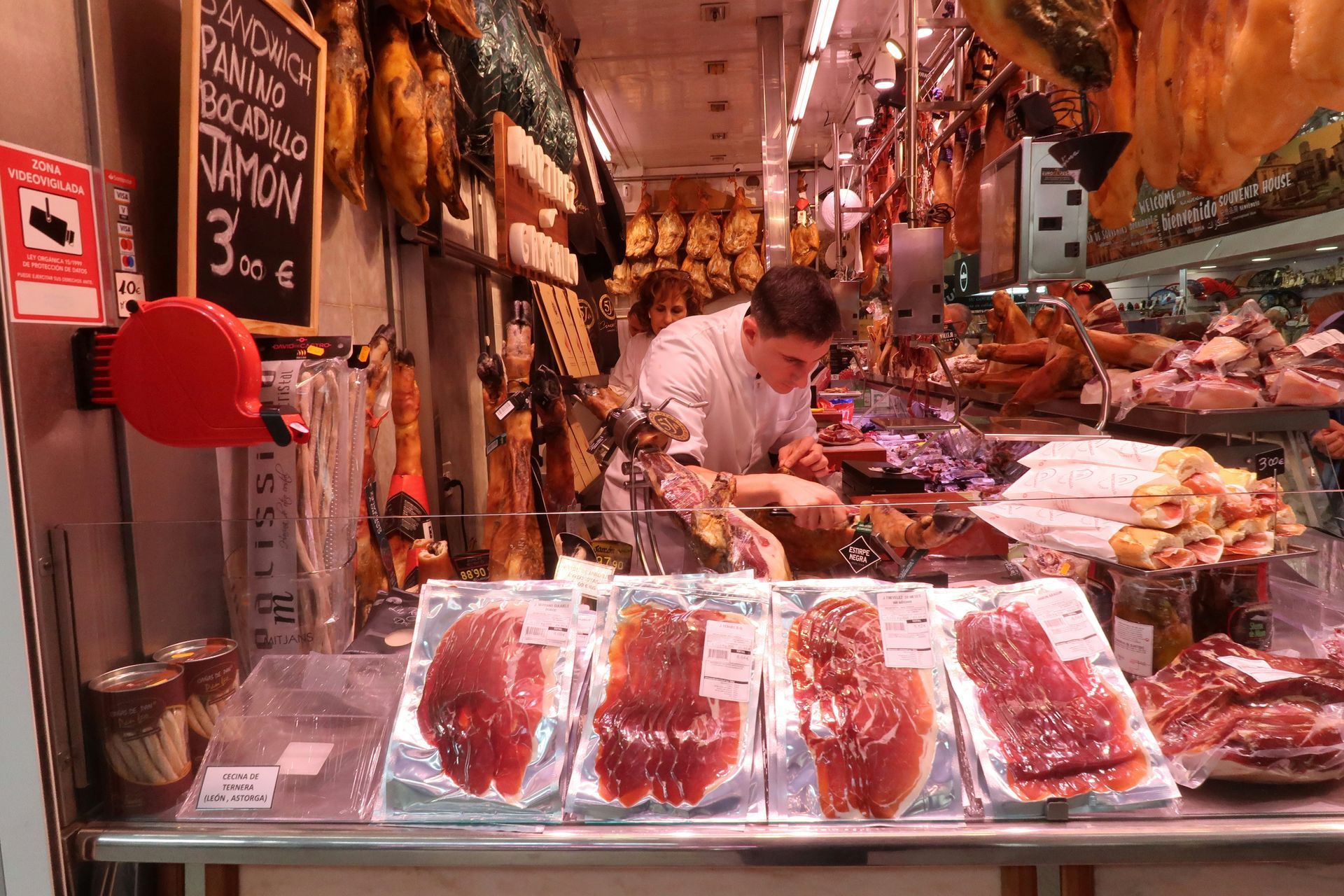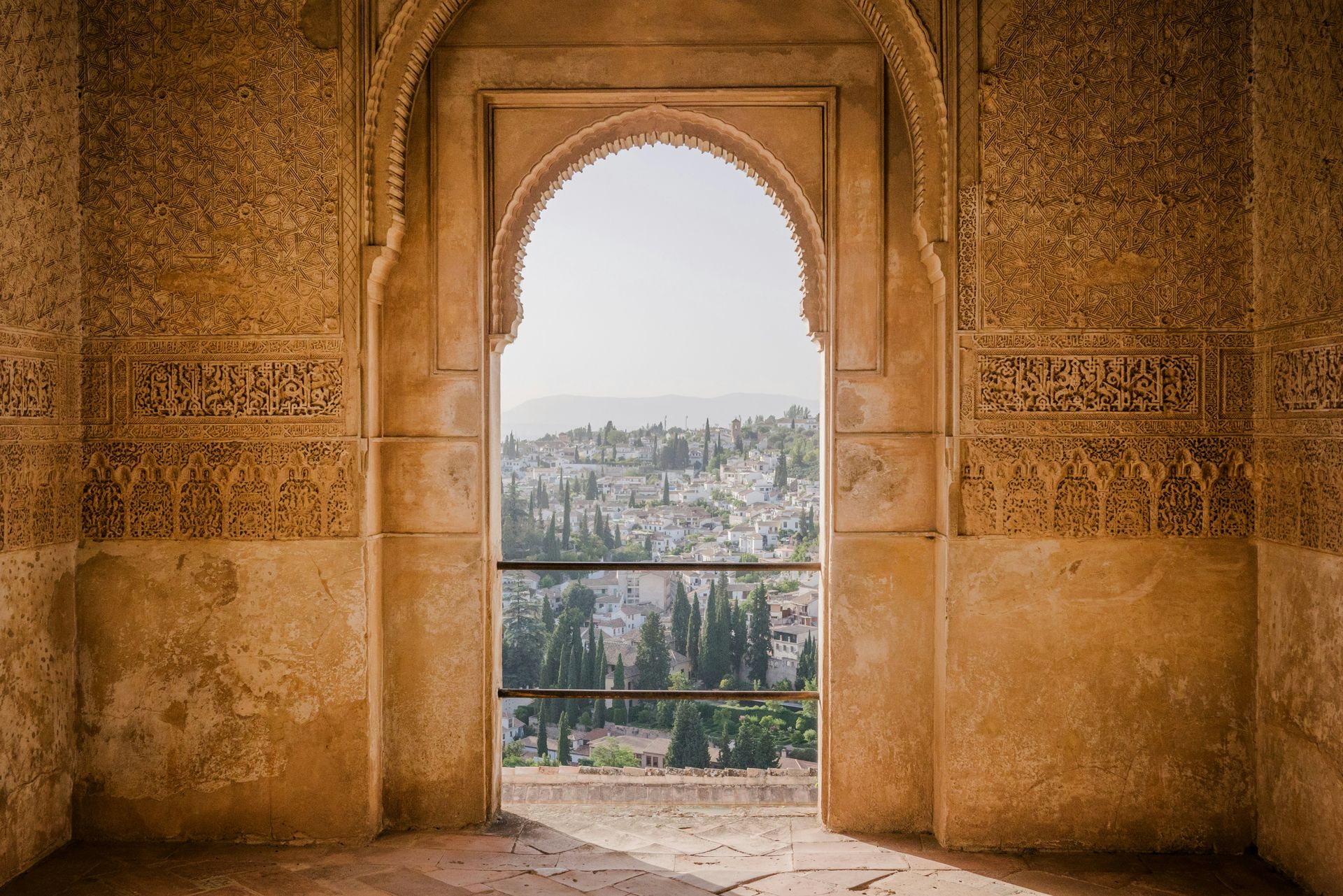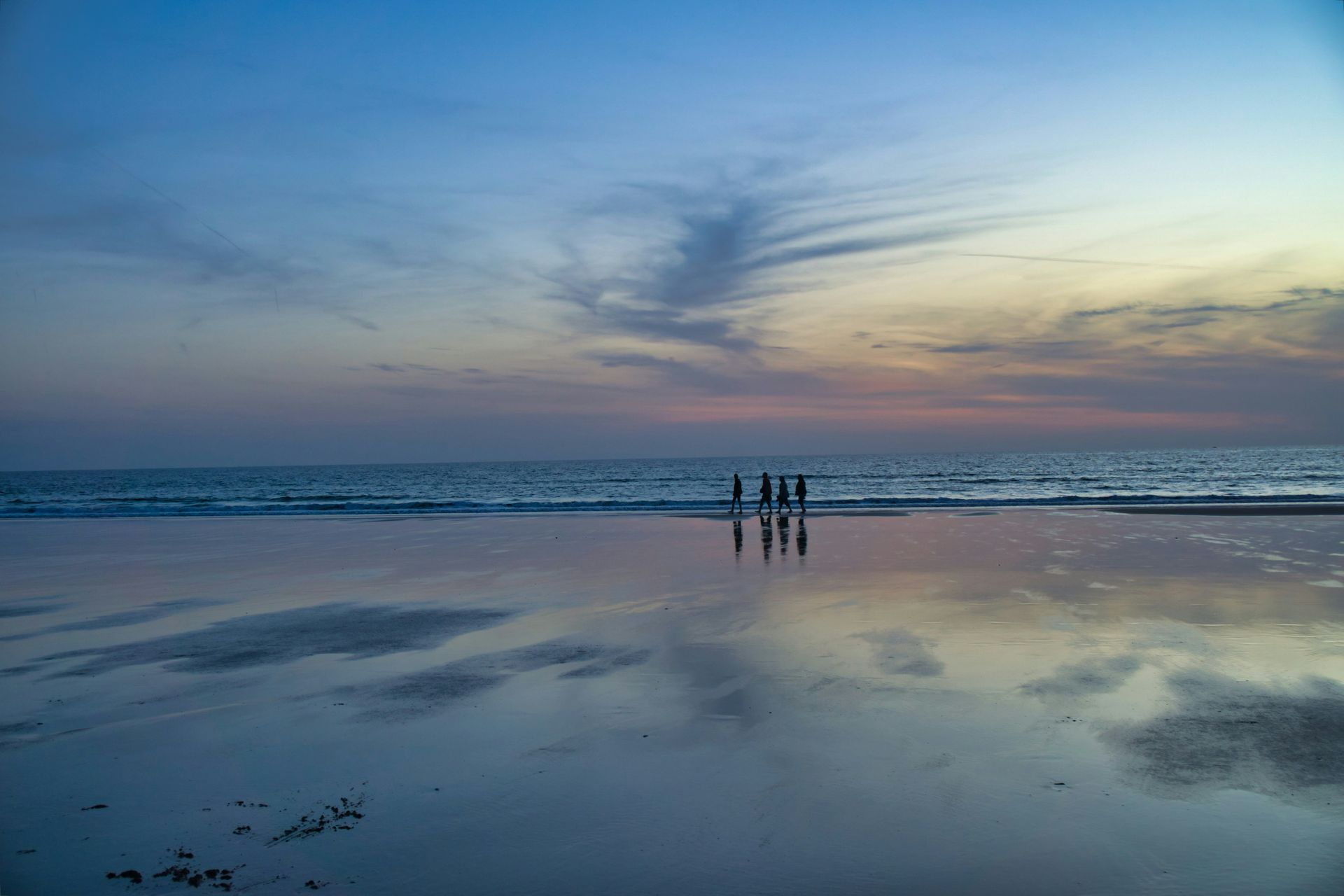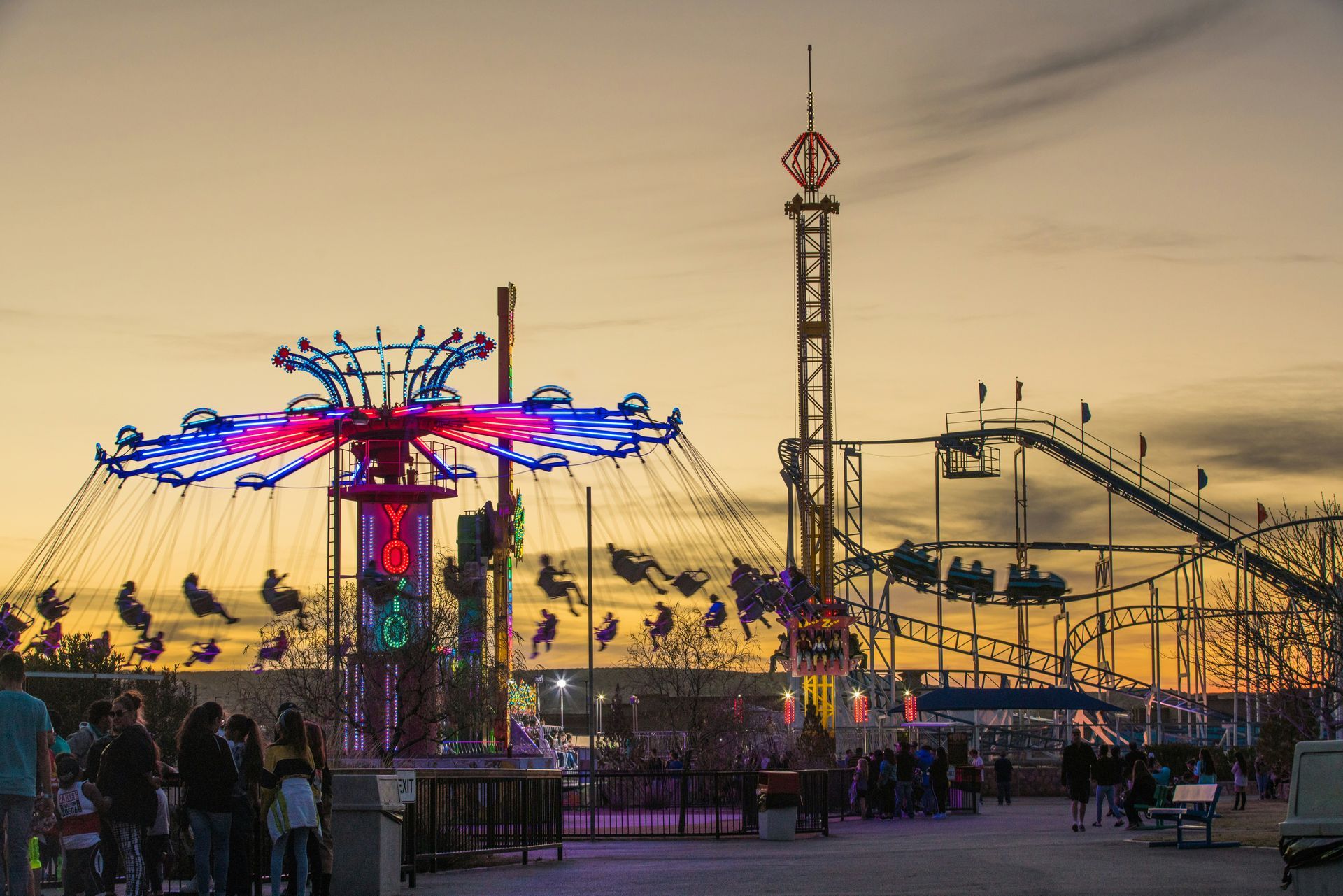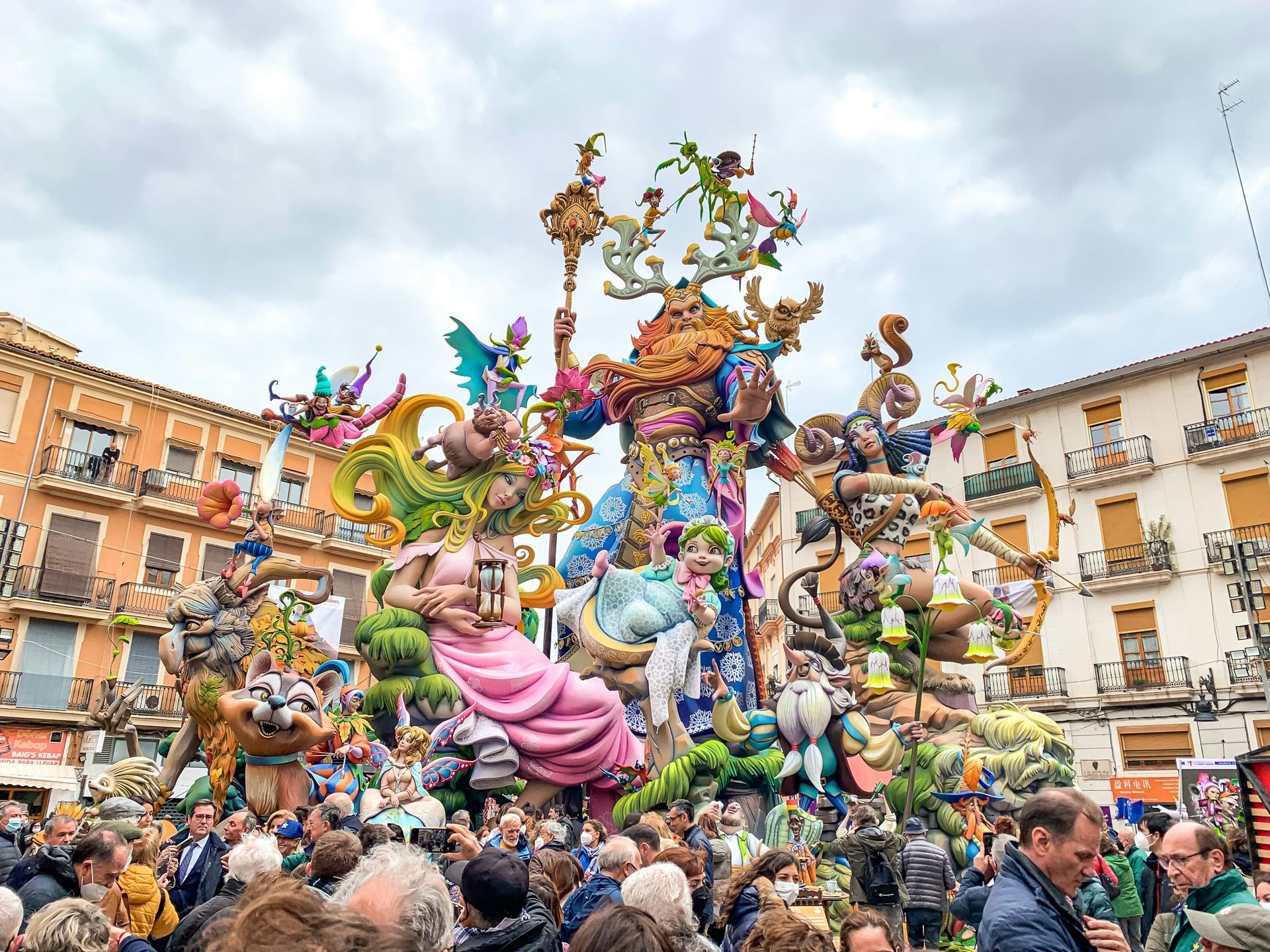Spreading Smile across the globe
Hidden Gems of Northern Italy
Hidden Gems of Italy are a testament to the country's diverse and enchanting beauty, often concealed from the traditional tourist routes. While Italy is celebrated for its iconic cities like Rome, Florence, Venice, and the Amalfi and Cinque Terre coasts, it's the lesser-known destinations that promise a unique journey. These unexplored regions offer travellers a chance to experience Italy's authentic culinary delights, rich historical narratives, and stunning natural landscapes. From the northern reaches to the southern shores, these Hidden Gems of Italy reveal a different facet of this remarkable nation.
Lake Orta - Piedmont
Hidden Gems of Italy come to life at Lake Orta, tucked away near the Swiss border in the heart of Piedmont. This hidden paradise often evades the spotlight compared to its more famous counterparts like Lake Como and Lake Garda. The historic town of Orta San Giulio, with its Baroque and Medieval architecture, cobbled streets, and idyllic Piazza Motta, enchants visitors. The glistening waters of the lake itself invite moments of serenity. What makes Lake Orta truly extraordinary is the mysterious island at its centre—a tranquil sanctuary inhabited by resident nuns.
Treviso - Veneto
Among the Hidden Gems of Italy, Treviso stands as a city in the Veneto region that retains its genuine northern Italian charm. Meandering through its narrow cobbled lanes, picturesque canals, and medieval city walls feels like a step back. Positioned on the fringes of the renowned Prosecco wine region, Treviso provides a delightful excuse for an aperitivo with a glass of Italy's renowned sparkling Prosecco.
Aosta Valley
Nestled among the bordering landscapes of Switzerland and France, the Aosta Valley showcases breathtaking alpine scenery, perched castles, and traditions that thrive throughout the year. When spring and summer arrive, the region's walking trails entice explorers. This season also brings lively festivals that celebrate folk traditions that date back to medieval times. Be sure to savour the local cheese Fontina, a culinary delight that embodies the spirit of this Hidden Gem of Italy.
Alba - Piedmont
Alba, a sought-after destination among Italy's hidden gems, is situated in the vineyards of the Langhe Hills. Once adorned with a hundred towers, Alba exudes a charming rural ambience. It's renowned for its autumn truffle festival, a gastronomic event that captures the essence of the region. Alba is also celebrated for its dark chocolate, hazelnut groves, white truffles, and prestigious wineries. It's from this very region that the sought-after Barolo wine originates.
Camogli - Liguria
Camogli, a typical and vibrant Italian seaside village on the Ligurian Riviera di Levante, perfectly embodies the spirit of the Hidden Gems of Italy. Towering, brightly painted houses dominate the town, and it has become a magnet for visitors seeking pristine beaches, Ligurian cuisine, the rustic fishing marina, Italian culture, and a tranquil natural setting. Camogli has earned its reputation for culinary excellence, focusing on fish and seafood, particularly anchovies and tuna, as well as the iconic pesto sauce made from basil and pine nuts.
Brescia - Lombardy
Hidden Gems of Italy often come alive through history, and Brescia is no exception. In this small city, history unfolds through a tapestry of architectural styles, spanning Roman, Medieval, Renaissance, Baroque, and even Art Deco. Walking through Brescia feels like a journey through time, and a visit to the captivating Piazza della Loggia, framed by a stunning Venetian-style palace at its heart, is a must for history enthusiasts.
Trieste
Trieste is a refreshingly unique destination, an Italian city positioned near the Slovenian border with its dialect that's a delightful blend of Austrian-German, Greek, Croatian, and Italian. Trieste's neoclassical waterfront is a sight to behold, with its marina brimming with stylish, glimmering yachts. The city's offerings include clear blue skies, expansive sandy beaches, city lidos, and the surrounding vineyards. Trieste is a Hidden Gem of Italy that belongs on every traveller's Northern Italian itinerary.
Modena - Emilia-Romagna
Modena is famed for its Hidden Gems of Italy, including balsamic vinegar, Luciano Pavarotti, the Romanesque cathedral, and the nearby Ferrari museum. Beyond these illustrious attractions, Modena reveals a treasure trove of remarkable restaurants. Massimo Bottura's Osteria Francescana has twice earned a place among the world's top 50 eateries, showcasing the culinary excellence of this Hidden Gem. While in Modena, don't miss the chance to savour local specialities like stuffed tortellini and sparkling Lambrusco wine, the perfect complement to your gastronomic journey.
Chiusa / Klausen - South Tyrol
Chiusa, also known as Klausen, is one of Italy's most picturesque villages. It is situated on the banks of the Isarco River in the South Tyrolean region near the Austrian border. Chestnut groves, green fields, vineyards, and farmsteads surround the town. In the village itself, visitors are captivated by narrow alleyways, coats of arms, large bay windows, crenellated facades, and the two main squares.
Ravenna - Emilia-Romagna
Ravenna offers a treasure trove of experiences among the Hidden Gems of Italy. This city is a feast for the senses, with its diverse offerings of food, music, art, culture, history, beaches, wine, and mosaics. Ravenna is home to eight UNESCO-listed sites, making it a must-visit for history and art enthusiasts. It's also known for its two-month-long music festival, Dante Alighieri's tomb, local culinary delights, nearby beach resorts, and the opportunity to explore pinewood forests. The city's fame is derived from its stunning mosaics, dating from the fifth and sixth centuries, scattered throughout the town.
In conclusion, Italy's Hidden Gems invite you to embark on a journey less travelled, where the rich tapestry of history, diverse cuisine, and breathtaking landscapes come to life. These lesser-known destinations provide an authentic Italian experience, away from the bustling crowds, revealing the nation's soul in its purest form. Explore these Hidden Gems to uncover Italy's hidden treasures.
Hidden Gems of Central Italy
Hidden Gems of Italy beckon the adventurous traveller to explore the lesser-known treasures that this remarkable country holds. From the picturesque valleys of Tuscany to the medieval charm of Umbria, the mysterious landscapes of Molise, and the architectural wonders of San Gimignano, these destinations promise unforgettable experiences.
Garfagnana - Tuscany
The Garfagnana region is a hidden gem in the beautiful Tuscan valley north of Lucca. It is crossed by the Serchio River, and the landscape is characterized by fertile greenery, rugged mountains, and charming villages. Outdoor activities such as hiking, walking, and mountain biking are enjoyed by many people in this area. Garfagnana is home to several one-of-a-kind attractions, including a ghost town, a wind cave, and the Devil's Bridge at Borgo a Mozzano.
Gubbio - Umbria
Umbria hides many treasures, and a particular favourite among Hidden Gems of Italy is the Medieval hilltop town of Gubbio. Gubbio, a city with a history dating back over 2,000 years, is a maze of cobbled streets and stone buildings that have been perfectly preserved. Visitors can take a cable car to the summit of Mount Ingino to enjoy panoramic views of the surrounding area. In addition, Gubbio hosts Italy's oldest event, the Corsa dei Ceri, in which teams race through the streets carrying massive wooden candles.
Molise
Molise is Italy's second-smallest region and one of its best-kept secrets. Hidden Gems of Italy are plentiful here. The picturesque town of Agnone is renowned for its artisanal bells, produced by the oldest family-run bell foundry in the world. Meanwhile, Campobasso, the regional capital, boasts a stunning medieval old town. Molise offers a captivating mix of historical charm and natural beauty, with rugged mountains, rolling hills, and pristine beaches along the Adriatic coast.
San Gimignano - Tuscany
Nestled in the heart of Tuscany, San Gimignano boasts medieval architecture and, of course, its famous towers. The town's historic centre is a UNESCO World Heritage site, known for its fourteen stone towers that once symbolised wealth and power. San Gimignano offers a glimpse into medieval Tuscany, with well-preserved streets and squares that transport visitors to another time. Besides the towers, make sure to explore the Collegiate Church and indulge in the local Vernaccia wine, a crisp white wine produced in the region.
Spello - Umbria
Another gem in the heart of Italy, Spello enchants visitors with its winding medieval streets and stunning floral displays. Known as the "Città Infiorata" or "flower town," Spello hosts the Infiorata festival, during which the streets are carpeted with intricate flower petal designs. This event occurs in early June and is a magnificent spectacle. Outside of the festival, Spello's charm continues with its well-preserved historic centre and beautiful churches.
Trulli of Alberobello - Apulia
Apulia, or Puglia, is famous for its unique trulli houses, and Alberobello is the epicentre of this architectural marvel. These whitewashed conical homes are a UNESCO World Heritage Site that offers a glimpse into the region's history. Visitors can even stay in trulli that have been converted into accommodations, providing a truly immersive experience.
Norcia - Umbria
Nestled in the Sibillini Mountains, Norcia is renowned for its gastronomy. This charming town produces exceptional cured meats, particularly prosciutto and salami. For food enthusiasts, Norcia is a true Hidden Gem of Italy. Explore local shops, taste the region's specialities, and visit the beautiful town square. Nature enthusiasts will also find hiking trails and natural beauty in the nearby Monti Sibillini National Park.
Montefalco - Umbria
Montefalco is often called the "Balcony of Umbria" for its stunning views over the surrounding valley. This charming town is also known for its wine, particularly Sagrantino, one of Italy's most robust red wines. Montefalco's medieval centre is picturesque and hosts several churches with remarkable frescoes, making it a cultural and gastronomic gem.
Castelluccio di Norcia - Umbria
High in the Sibillini Mountains, Castelluccio di Norcia is a quaint village known for its stunning wildflower blooms in late spring and early summer. The surrounding plateau becomes a colourful tapestry, attracting photographers and nature enthusiasts. Besides the flowers, visitors can enjoy hiking and take in the breathtaking scenery. Hidden Gems of Italy like Castelluccio di Norcia provide a unique connection to nature and the changing seasons.
In the heart of Italy, a treasury of Hidden Gems awaits the intrepid traveller. From the mysterious ghost town of Garfagnana to the ancient charms of Gubbio, the enchanting landscapes of Molise, and the medieval splendours of San Gimignano, these lesser-known destinations reveal Italy's diverse beauty and rich history. Journey through the tranquil streets of Spello, marvel at the unique trulli houses in Alberobello, savour the culinary delights of Norcia, and bask in the vibrant blooms of Castelluccio di Norcia. These Hidden Gems of Italy promise an unforgettable adventure in a land of timeless wonder.
Hidden Gems of Southern Italy
Italy, a land of rich history, captivating art, and exquisite cuisine, is known for its iconic cities and world-famous landmarks. Despite the tourist-filled streets and crowded piazzas, the country holds many hidden gems—lesser-known destinations that offer a more intimate and authentic experience. These places, tucked away in various corners of Italy, are a testament to the nation's diverse and enchanting beauty, waiting to be explored by the discerning traveller. From medieval towns perched atop hills to charming coastal villages and ancient archaeological sites, the Hidden Gems of Italy promise unique adventures and unforgettable memories.
Civita di Bagnoregio - Lazio
Civita di Bagnoregio is often called the "Dying Town" because of its gradual erosion over the centuries. This medieval village is perched on a hilltop and can only be reached by a long footbridge. It's a unique destination, seemingly suspended in time, and is the perfect Hidden Gem for history buffs and photographers.
Matera - Basilicata
Matera, known for its cave dwellings, is one of Italy's most intriguing and unique destinations. The Sassi di Matera, a historic cave settlement, is a UNESCO World Heritage Site. Matera is gaining popularity but still qualifies as one of the Hidden Gems of Italy. Touring this labyrinth of stone-carved rooms and narrow streets offers an incredible historical journey.
Sperlonga - Lazio
Sperlonga is a charming coastal town characterized by its pristine beaches, winding alleys, and picturesque piazzas. Nestled between Rome and Naples, Sperlonga is often overlooked by travellers. A visit here reveals a relaxed and authentic Italian atmosphere, perfect for strolls and seaside relaxation. Take advantage of the Grotto of Tiberius, a cave once used as the emperor's villa and now a museum.
Paestum - Campania
The ancient ruins of Paestum, originally a Greek colony known as Poseidonia, provide an extraordinary window into Italy's history. The temples are exceptionally well-preserved, ranking among the best-preserved in the world. Paestum is also home to a fascinating archaeological museum that displays artefacts from the site. Enjoy a step back in time amid the Hidden Gems of Italy.
Castro - Apulia
Castro, a picturesque coastal town, boasts a historic centre perched on a rocky outcrop. Visitors can explore ancient churches, fortifications, and a charming harbour. Castro also has sea caves that can be explored by boat. The region's cuisine is a seafood lover's paradise, making this town a Hidden Gem for food enthusiasts as well.
Scilla - Calabria
Scilla, an idyllic coastal village in Calabria, offers stunning sea views and hidden beaches. The town is known for the Ruffo Castle, which dominates the landscape, and the legendary sea monster Scylla from Greek mythology. The charming village is a serene and lesser-known alternative to some of the more crowded Italian seaside destinations.
San Marino
San Marino is a microstate surrounded by Italy and is one of the world's oldest republics. It's a destination that's often missed, making it a true Hidden Gem. San Marino boasts dramatic mountaintop views, historic architecture, and unique attractions like the Guaita Tower and the Palazzo Pubblico. For collectors, the country is also known for its beautiful stamps and coins.
Conclusion
Discovering the Allure of Hidden Gems of Italy
Hidden Gems of Italy offers travellers an authentic experience, far removed from the tourist-packed cities and famous landmarks. These lesser-known destinations unravel the genuine charm, culture, history, and culinary wonders that make Italy an endlessly fascinating country to explore. From the mountains of the North to the coasts of the South, each region holds its treasures, waiting to be discovered by those who venture off the beaten path. By exploring the Hidden Gems of Italy, you can craft a unique and unforgettable journey that deepens your appreciation of this incredible country. Plan your trip carefully, and you will be rewarded with the beauty, history, and flavours that characterize these enchanting places.
Spain's Allure:
Top Reasons to Experience the Heart of Iberia
Spain's rich tapestry of culture, history, and natural beauty makes it a premier destination for travelers. Among its many enchanting regions, Andalusia stands out with its vibrant traditions, stunning landscapes, and historical landmarks. Nestled in the heart of the Iberian Peninsula, Andalusia offers a plethora of experiences that capture the essence of Spain’s allure. From the flamenco rhythms of Seville to the Moorish architecture of Granada’s Alhambra, there are countless things to do in Andalusia that cater to every kind of traveler.
Whether you're wandering through the picturesque white villages of Ronda, indulging in the culinary wonders of traditional tapas, or soaking up the sun on the pristine beaches of the Costa del Sol, Andalusia guarantees a memorable expedition through the essence of Spain. With its unique blend of cultures, Andalusia invites you to discover the spirit of Spain, offering a rich mosaic of experiences that highlight the region's historical significance and modern-day charm. Dive into the wonders of Andalusia and uncover why this captivating region is a must-visit on any Spanish adventure.
To explore its diverse landscape
Andalusia, a region in southern Spain, boasts a diverse landscape that captivates travelers with its unique blend of natural beauty and cultural richness. From the radiant shores of the Costa del Sol to the craggy peaks of the Sierra Nevada, Andalusia presents a plethora of activities that highlight its breathtaking scenery. Delving into the varied landscape of Andalusia is essential for those in pursuit of an authentic Spanish adventure. There are countless things to do in Andalusia, whether you're hiking through the scenic trails of the Alpujarras, marveling at the vast wetlands of Doñana National Park, or wandering through the picturesque white villages perched on hillsides.
Each corner of Andalusia reveals a different facet of its charm, offering opportunities for outdoor adventures, cultural immersion, and relaxation. The region's varied terrain provides the perfect backdrop for activities like cycling, horseback riding, and bird watching. By exploring Andalusia's diverse landscape, you’ll discover a region that is as dynamic and vibrant as its cultural heritage, making it an essential destination for travelers seeking to experience the heart and soul of Spain. Enjoy the things to do in Andalusia!
For the epic food
When visiting Andalusia, indulging in the epic food is a must. Famed for its opulent culinary heritage, the region seamlessly melds Moorish inspirations with the vibrant essence of the Mediterranean. Among the top things to do in Andalusia is savoring the local cuisine, which includes delectable tapas, fresh seafood, and robust Andalusian wines. Begin your culinary journey in Seville, where you can sample tapas like jamón ibérico, gambas al ajillo (garlic shrimp), and espinacas con garbanzos (spinach with chickpeas).
In Granada, enjoy the tradition of free tapas with your drink, while exploring dishes like tortilla del Sacromonte, a unique omelet with local ingredients. Venture to the coastal towns for a taste of pescaíto frito (fried fish) and other seafood delights, straight from the Mediterranean. Don’t miss out on the famous sherry from Jerez, or a glass of Montilla-Moriles wine from Cordoba, perfect accompaniments to your Andalusian feast.
Exploring the food markets, such as Mercado Central in Cádiz or Mercado Atarazanas in Málaga, offers an authentic taste of Andalusia's bounty. From traditional dishes to contemporary culinary creations, Andalusia's food scene is a gastronomic adventure that highlights the region's vibrant culture and history. Enjoy the things to do in Andalusia!
It’s the birthplace of flamenco
When visiting Andalusia, experiencing the birthplace of flamenco is essential. Among the top things to do in Andalusia is immersing yourself in this passionate and soulful art form. Flamenco, with its origins deeply rooted in Andalusia, combines powerful dance, evocative guitar music, and heartfelt singing.
Begin your flamenco journey in Seville, where you can visit the Museo del Baile Flamenco to learn about the history and evolution of this expressive dance. In the evening, head to a traditional tablao, such as El Arenal or La Carbonería, where you can witness electrifying performances by renowned flamenco artists.
Granada's Sacromonte district, known for its cave dwellings, offers an intimate setting for flamenco shows, providing an authentic experience in a unique atmosphere. In Jerez de la Frontera, the heart of flamenco guitar and singing, you can attend festivals like the Festival de Jerez, which celebrates the art of flamenco through workshops and performances.
Exploring flamenco in Andalusia is not just about watching performances; it’s about feeling the raw emotion and connecting with the region’s rich cultural heritage. This unforgettable experience will leave you with a profound appreciation for the art and passion that defines Andalusia. Enjoy the things to do in Andalusia!
You can trace its cultural history
One of the top things to do in Andalusia is tracing its rich cultural history. This region, steeped in centuries of diverse influences, offers a fascinating journey through time. Begin in Seville, where the majestic Alcázar showcases the exquisite Mudejar architecture blending Islamic, Gothic, and Renaissance styles. In Granada, the Alhambra stands as a magnificent testament to Moorish splendor, showcasing intricate carvings, verdant gardens, and breathtaking vistas of the Sierra Nevada mountains.
Additionally, the city's cathedral, among the largest Gothic cathedrals globally, is an essential stop, housing the tomb of Christopher Columbus. Cordoba's Mezquita, a former mosque turned cathedral, mesmerizes visitors with its forest of red-and-white striped arches, symbolizing centuries of religious and cultural fusion.
Beyond these iconic landmarks, Andalusia's white-washed villages, such as Ronda and Mijas, offer glimpses into traditional Spanish life. Explore the Roman ruins in Italica or the Phoenician remains in Malaga for a deeper understanding of the region's ancient past.
Every corner of Andalusia tells a story, making it a paradise for history enthusiasts. Whether wandering through medieval streets or visiting world-renowned monuments, you'll be captivated by the rich tapestry of Andalusian culture. Enjoy the things to do in Andalusia!
It’s got some of the best nightlife in Spain
One of the top things to do in Andalusia is experiencing its vibrant nightlife, renowned as some of the best in Spain. From lively flamenco bars to trendy nightclubs, Andalusia offers an unforgettable after-dark adventure. Start in Seville, where the buzzing neighborhood of Triana is famous for its flamenco shows and tapas bars. Here, you can enjoy authentic performances while savoring traditional Andalusian cuisine.
In Malaga, the nightlife is equally electrifying. The city’s historic center is packed with chic bars and bustling clubs, offering everything from laid-back lounges to energetic dance floors. The beachside clubs in Marbella, especially in the famous Puerto Banús area, attract both locals and international jet-setters, promising glamorous nights under the stars.
Granada, with its unique blend of traditional and modern venues, is perfect for bar hopping. The Albayzín district, with its charming narrow streets, hosts intimate bars where you can enjoy live music and a relaxed atmosphere. For a more upscale experience, the city’s modern clubs provide a stylish setting for dancing the night away.
No matter where you go in Andalusia, the nightlife scene is bound to leave you with unforgettable memories, making it a must-do for any visitor. Enjoy the things to do in Andalusia!
There’s a beach to suit everyone
One of the top things to do in Andalusia is exploring its diverse and stunning beaches, each offering a unique experience to suit every traveler’s preference. Whether you’re looking for a lively beach scene, serene natural beauty, or family-friendly shores, Andalusia has it all.
For those seeking vibrant beach life and nightlife, the beaches of Marbella are perfect. With their golden sands and upscale beach clubs, you can enjoy sunbathing by day and glamorous parties by night. Meanwhile, Costa de la Luz offers a more tranquil setting. Its long stretches of unspoiled coastline, such as those found in Cadiz and Huelva, provide the perfect escape for nature lovers and those looking to unwind.
Families will appreciate the calm waters and excellent amenities of beaches like La Caleta in Cadiz, ideal for safe swimming and a day of fun in the sun. For water sports enthusiasts, Tarifa is the place to be. Known as the windsurfing capital of Europe, its windy conditions and stunning beaches attract surfers from around the world.
No matter your beach style, Andalusia’s coastlines promise a memorable seaside experience, making beach-hopping one of the best things to do in Andalusia.
To explore its contemporary art scene
Exploring the contemporary art scene is one of the most exciting things to do in Andalusia. The region is a vibrant hub for modern art, offering a rich tapestry of galleries, museums, and cultural spaces that showcase the creativity and innovation of local and international artists.
In Seville, the Andalusian Center for Contemporary Art (CAAC) is a must-visit. Housed in the historic Monastery of Santa María de las Cuevas, it presents a dynamic mix of contemporary exhibitions, installations, and performances that reflect the latest trends in the art world. The unique blend of ancient architecture and modern art creates a captivating atmosphere for visitors.
Malaga, the birthplace of Pablo Picasso, is another focal point for contemporary art. The Picasso Museum and the Centre Pompidou Málaga feature impressive collections of 20th and 21st-century works. The Soho Art District, with its street art and independent galleries, offers an alternative, edgy art scene.
Engaging with Andalusia's contemporary art scene provides a fresh perspective on the region's cultural richness, making it a highlight for art enthusiasts visiting this diverse and inspiring part of Spain. Enjoy the things to do in Andalusia!
There are loads of water parks and theme parks
Among the many things to do in Andalusia, visiting its water parks and theme parks is a thrilling experience for families and adventure seekers alike. The region is home to a variety of parks that offer fun-filled days of excitement and entertainment.
One of the top attractions is Isla Mágica in Seville, a theme park that transports visitors to the Age of Exploration with its elaborate rides and shows. Adjacent to the theme park is Agua Mágica, a water park featuring wave pools, water slides, and lazy rivers, perfect for cooling off on hot summer days.
In the Costa del Sol, Aqualand Torremolinos is a popular destination. The extensive water park boasts a variety of attractions, catering to thrill-seekers with adrenaline-pumping slides and providing relaxation with serene wave pools.
Nearby, Tivoli World in Benalmádena combines amusement rides with live entertainment, making it a great spot for a fun family outing.
For those in Almería, Oasys MiniHollywood offers a unique blend of a theme park and a zoo, set in a former spaghetti western film set. The park features cowboy shows, a zoo, and a water park, providing a diverse range of activities.
With so many water and theme parks to choose from, Andalusia guarantees a day of fun and adventure for everyone. Enjoy the things to do in Andalusia!
For the huge annual festivals
Among the many things to do in Andalusia, experiencing its huge annual festivals is a must. This vibrant region comes alive with a rich tapestry of cultural celebrations that draw visitors from all over the world.
One of the most famous festivals is Seville’s Feria de Abril, held two weeks after Easter. This week-long event transforms the city into a carnival of flamenco, bullfighting, and revelry. Colorful tents (casetas) line the streets, drawing locals and visitors to revel in the vibrant ambiance, dance, and indulge in delicious food together.
Another iconic festival is the Semana Santa (Holy Week), celebrated with intense fervor across Andalusia, particularly in Seville and Málaga. During this week, elaborate processions featuring lifelike religious statues and hooded penitents wind through the streets, creating a deeply moving and visually stunning spectacle.
In Córdoba, the Fiesta de los Patios in May showcases the city’s beautiful flower-filled courtyards. Residents open their private patios to the public, allowing visitors to marvel at the vibrant displays of flowers and greenery.
For a taste of Andalusian culture at its most festive, timing your visit to coincide with one of these major events will provide an unforgettable experience. These festivals offer a unique insight into the region’s traditions, passion, and communal spirit, making them essential things to do in Andalusia.
Conclusion:
Andalusia is a region that truly offers something for everyone. Whether you're drawn to its rich cultural heritage, stunning natural landscapes, vibrant nightlife, or delicious cuisine, there's no shortage of things to do in Andalusia. From the historic cities steeped in tradition to the sun-soaked beaches and lively festivals, Andalusia promises an unforgettable experience that will leave you wanting to return for more.
Things To Do | Travel Information | Local's Favourites

